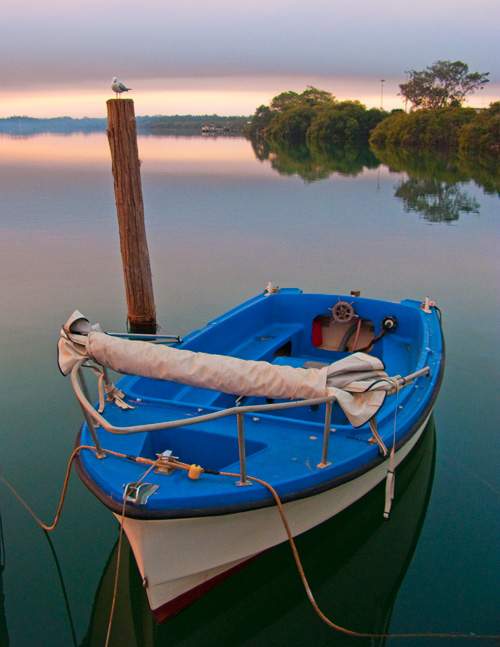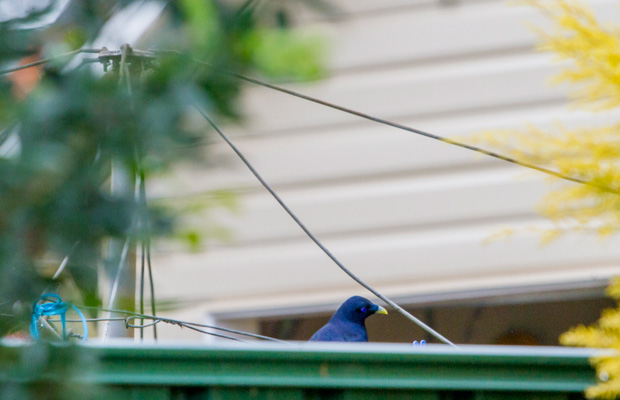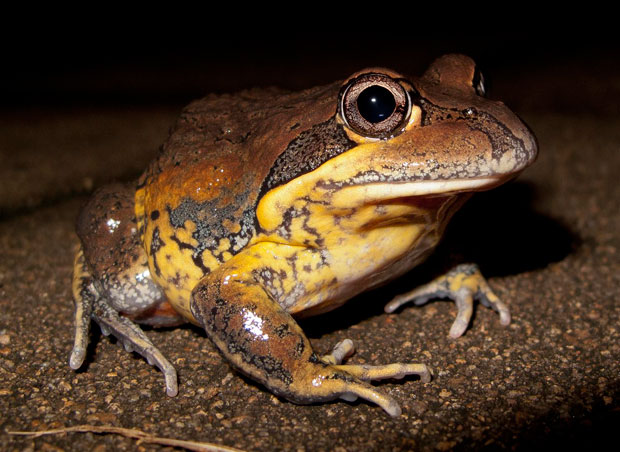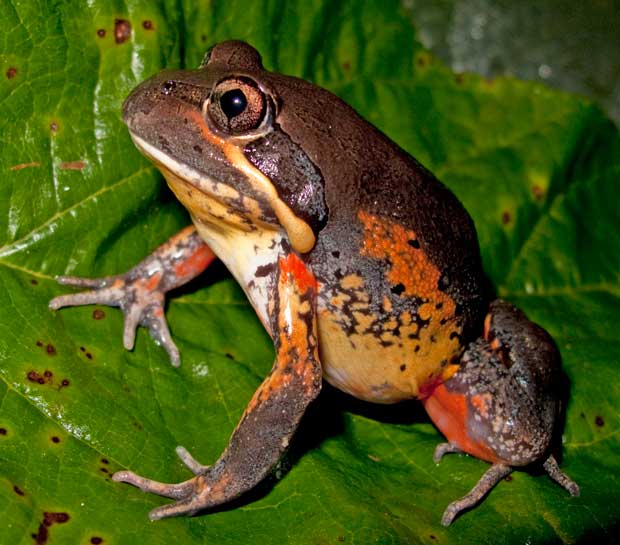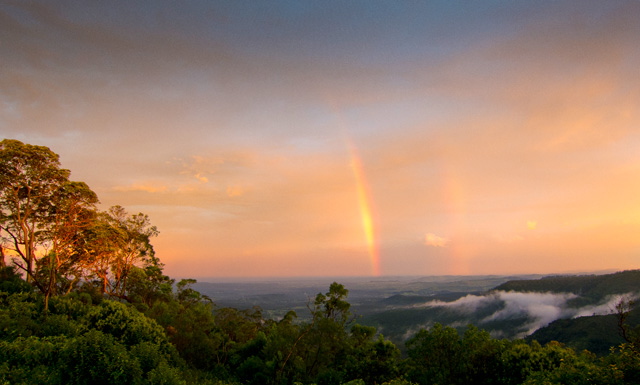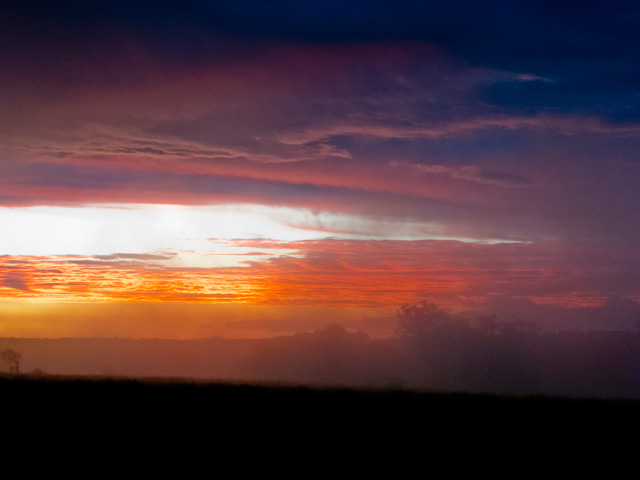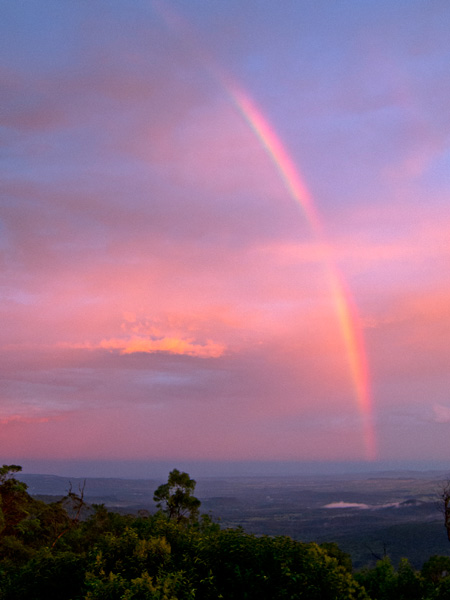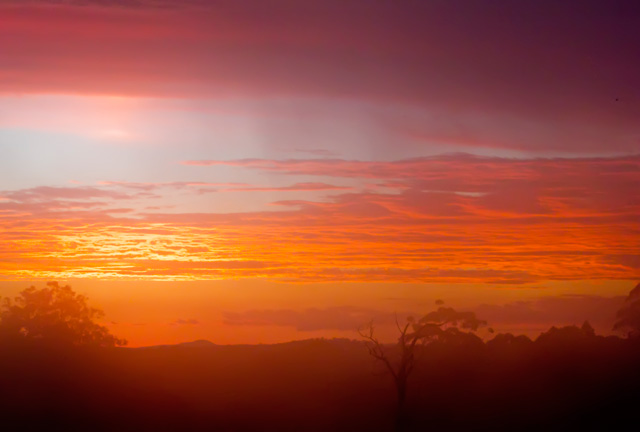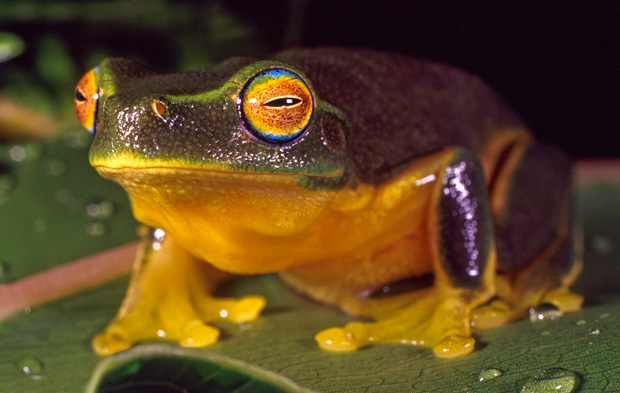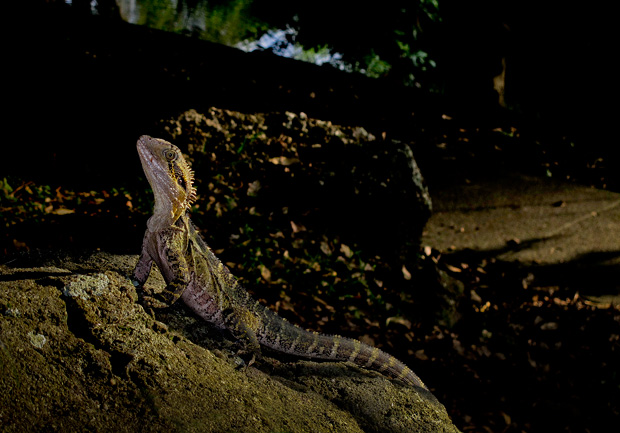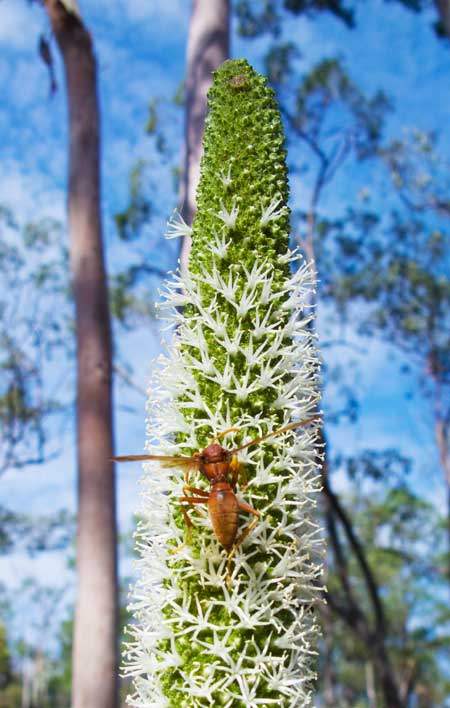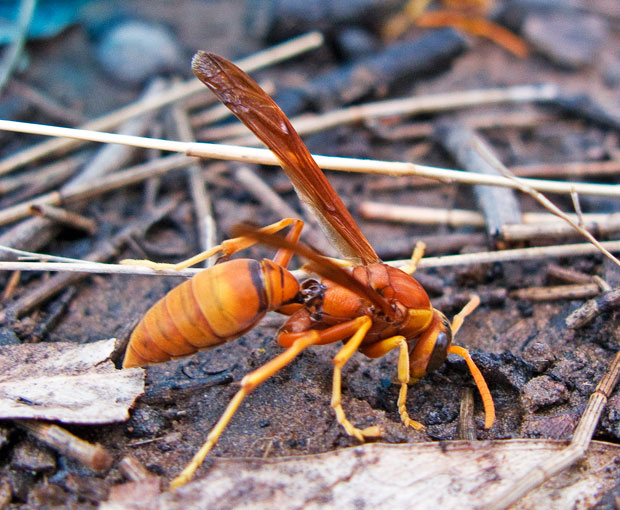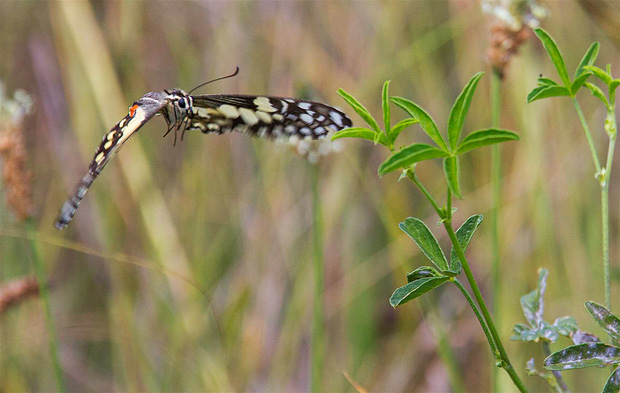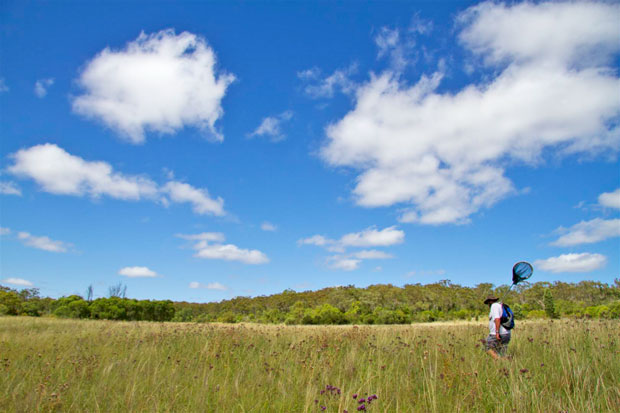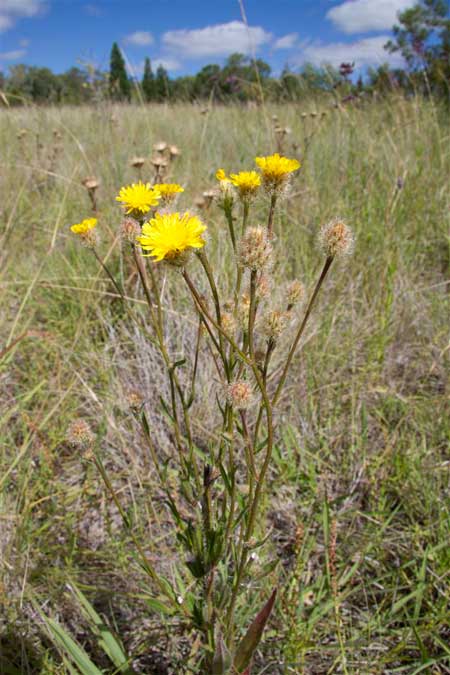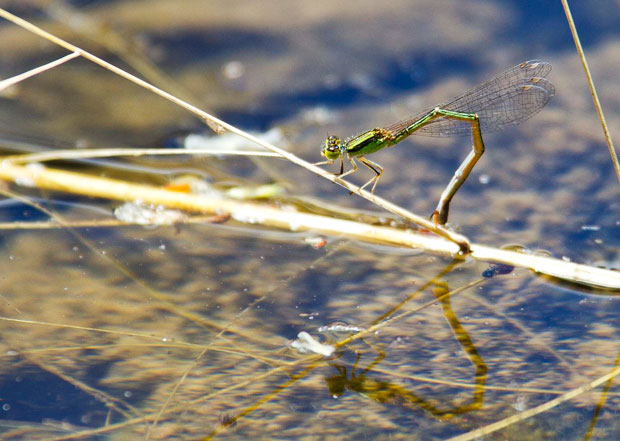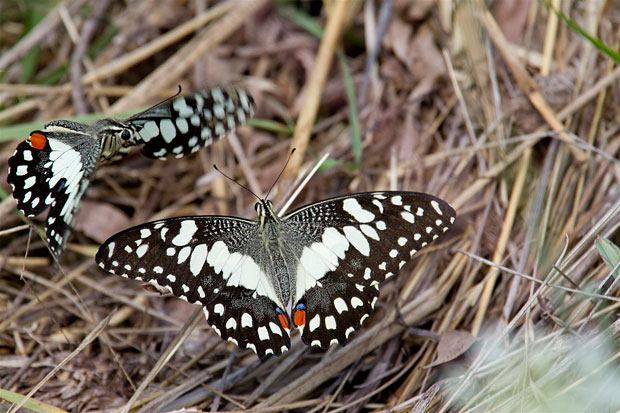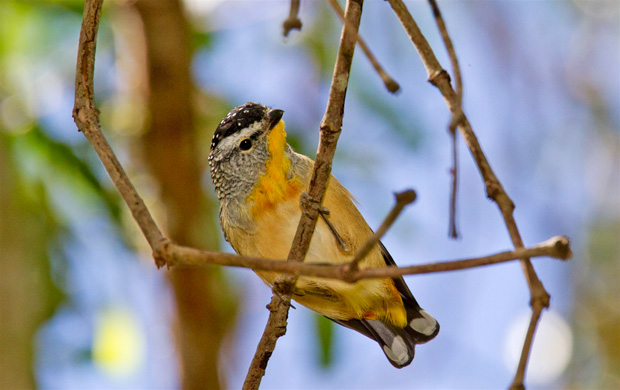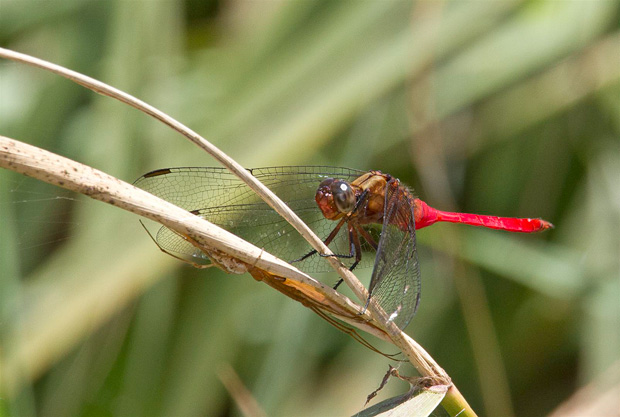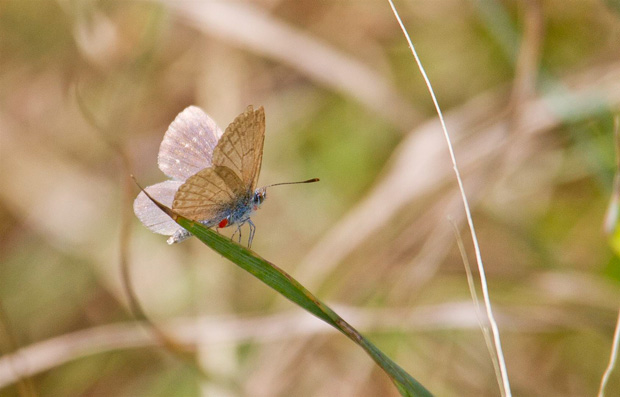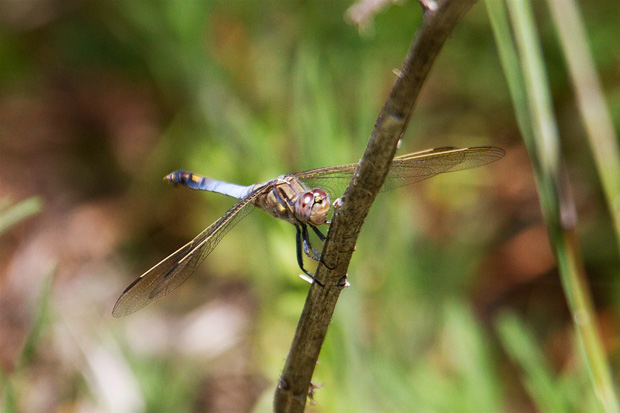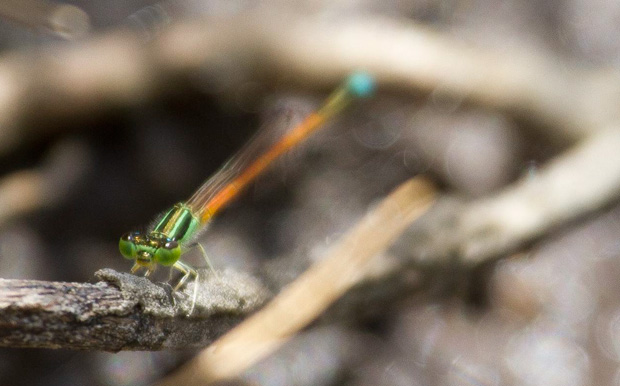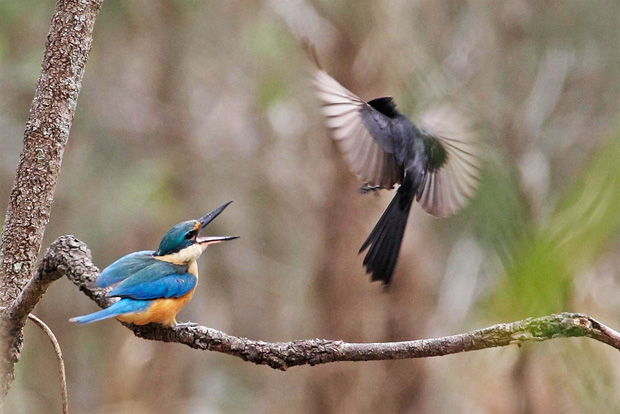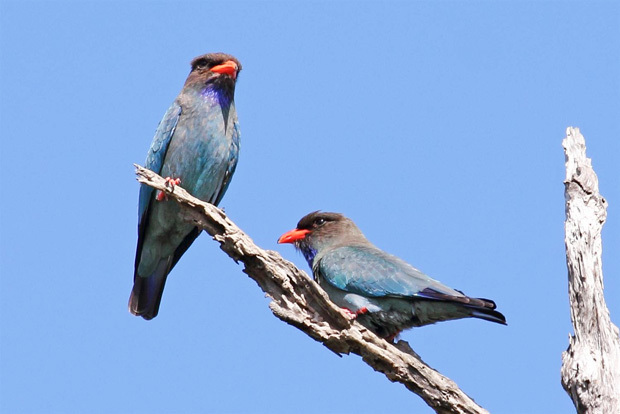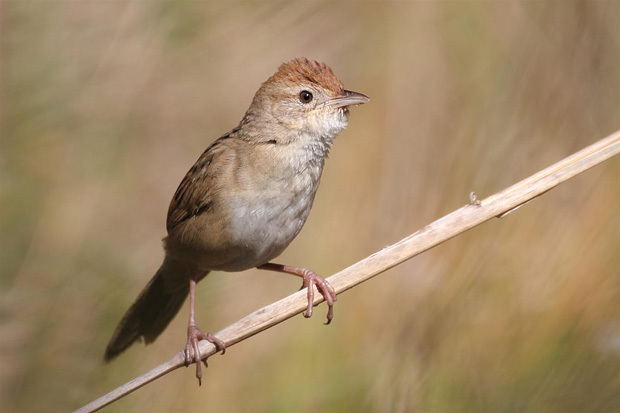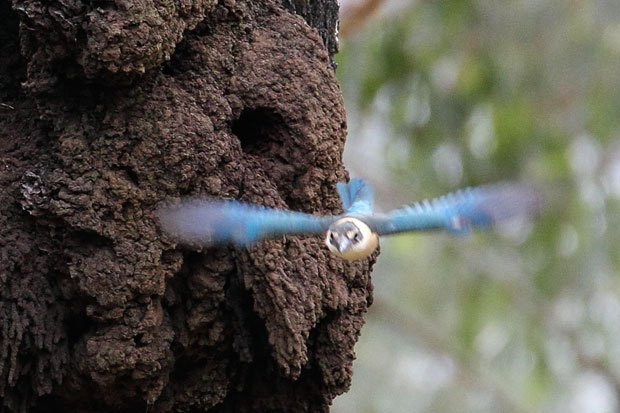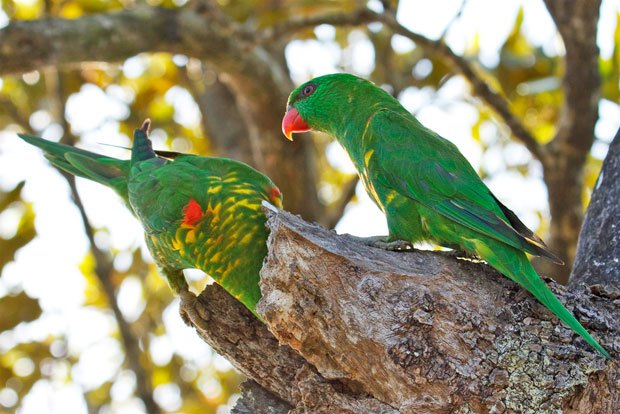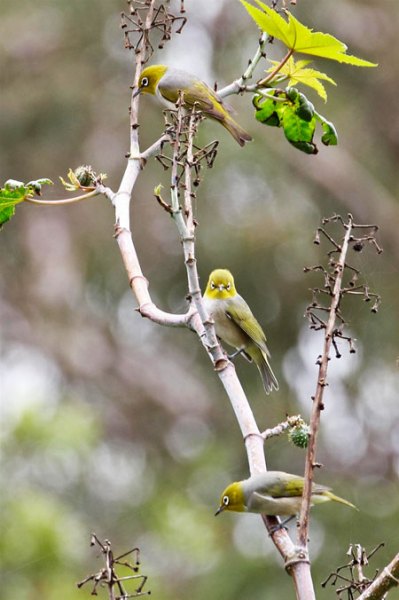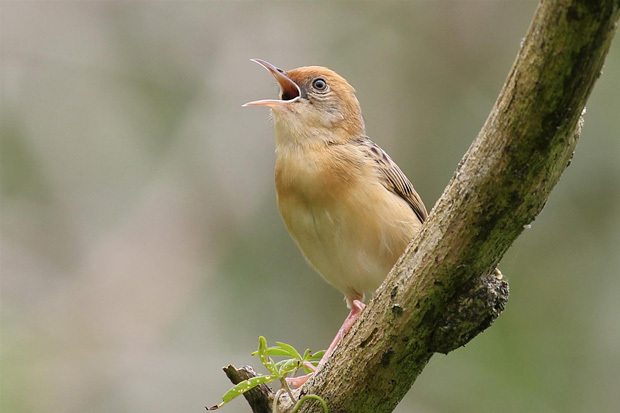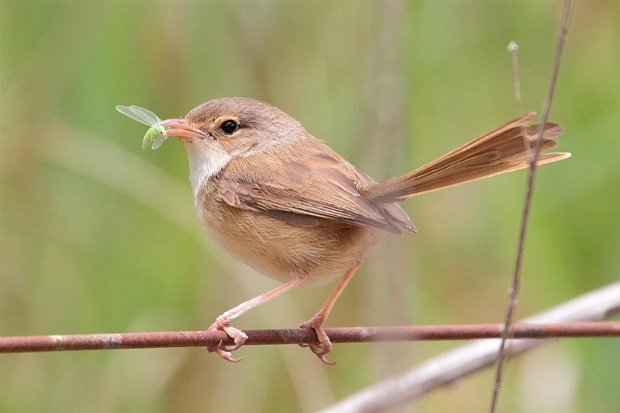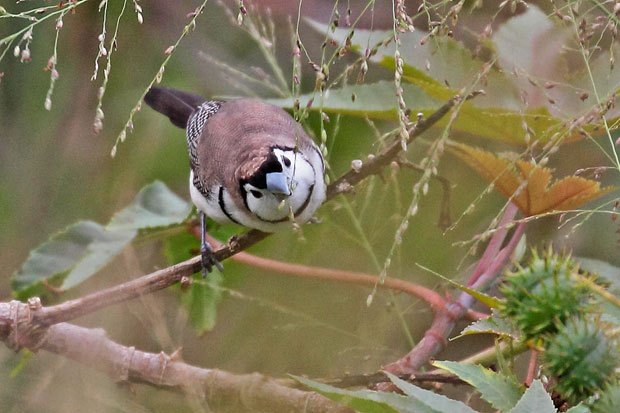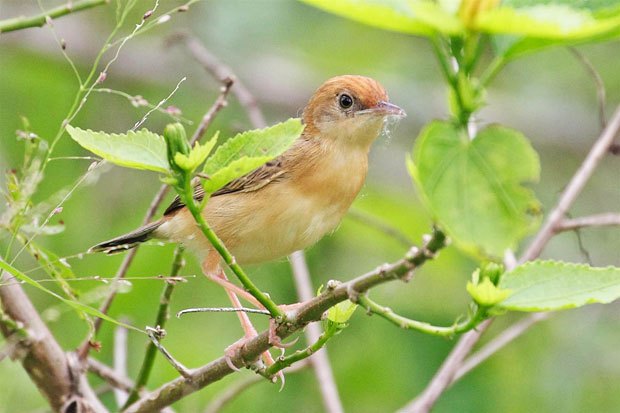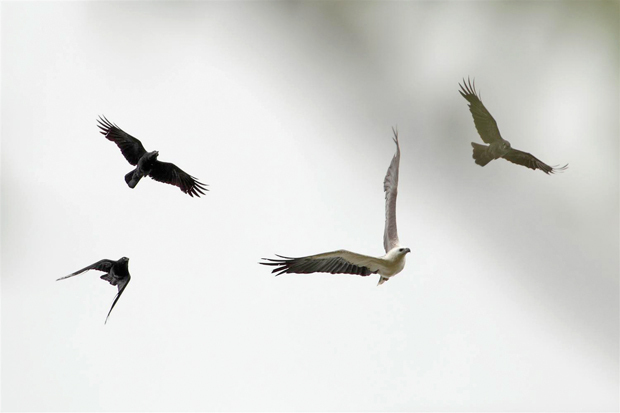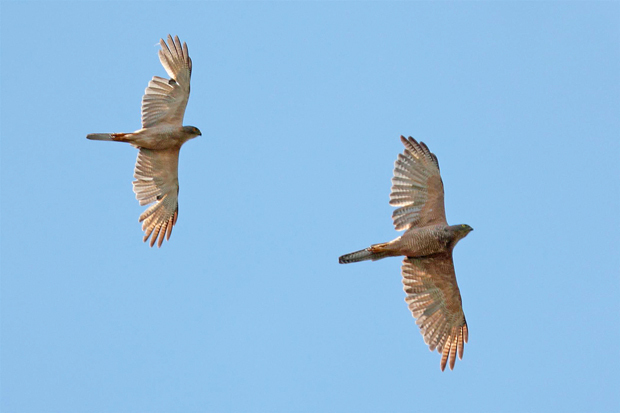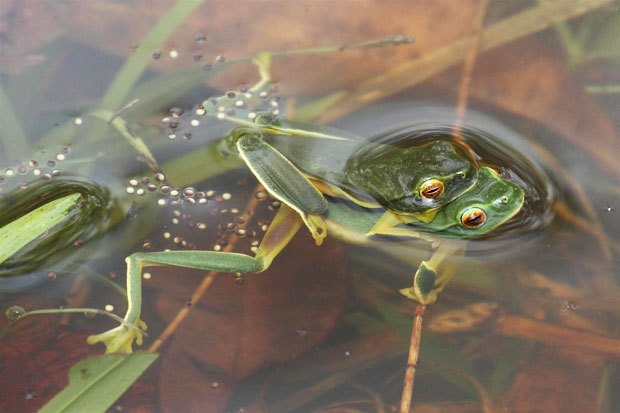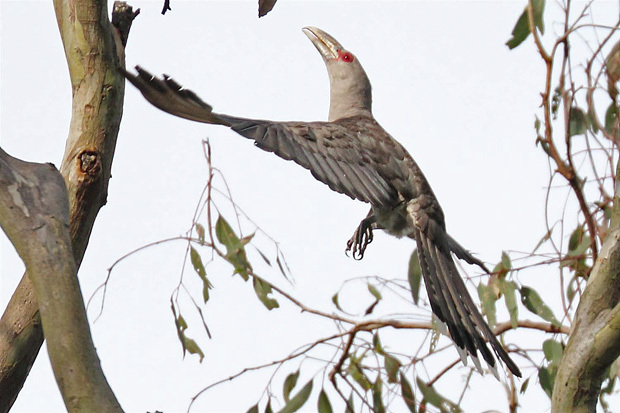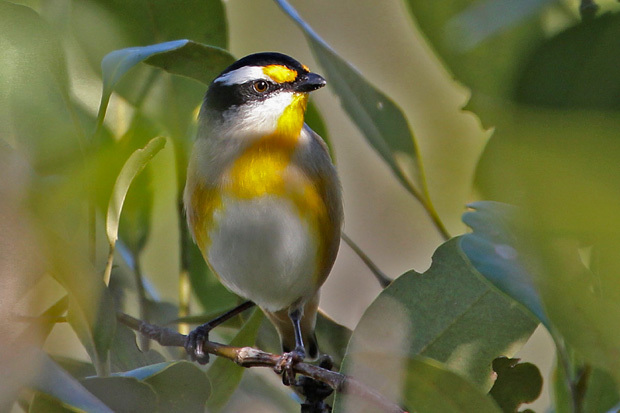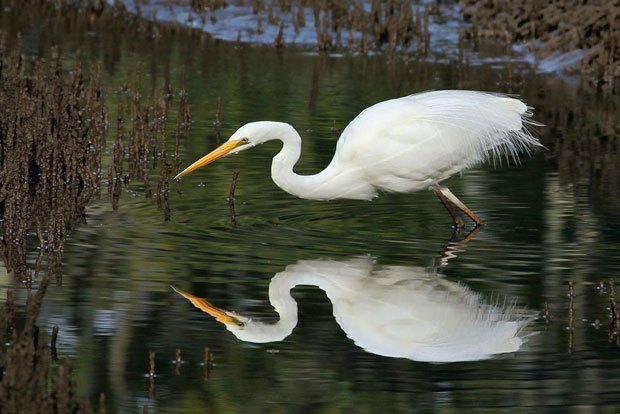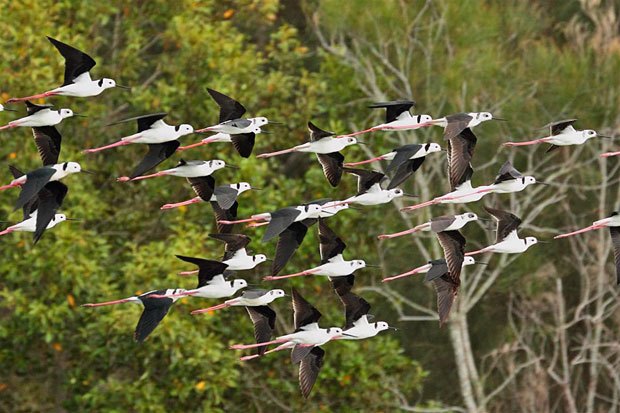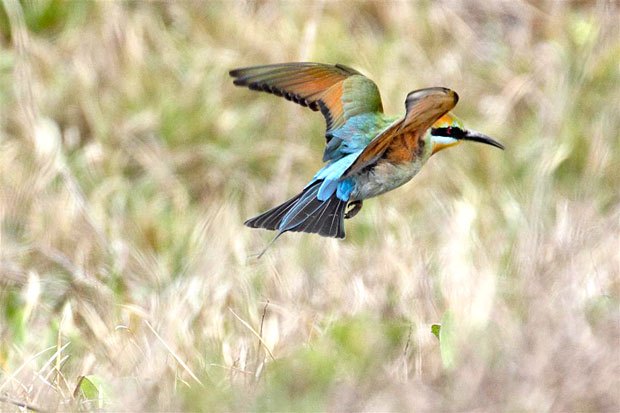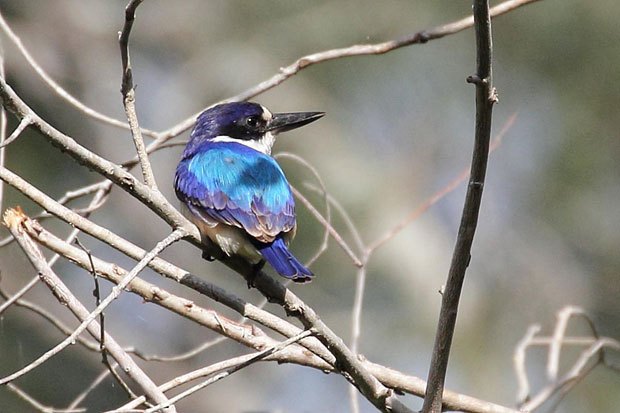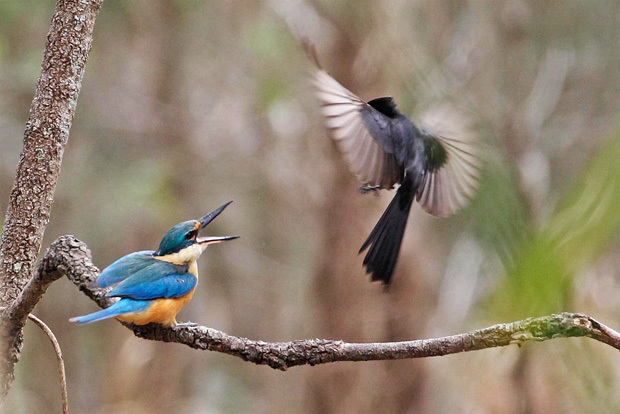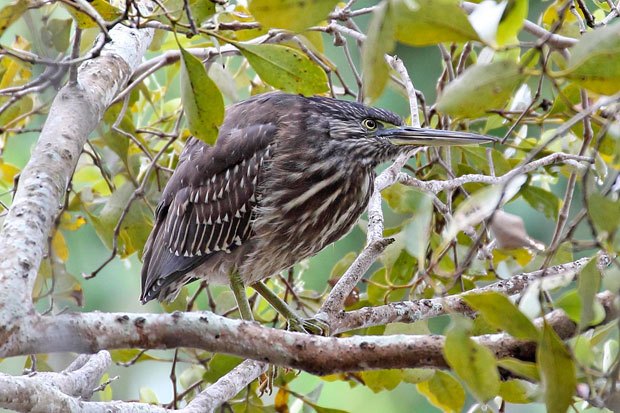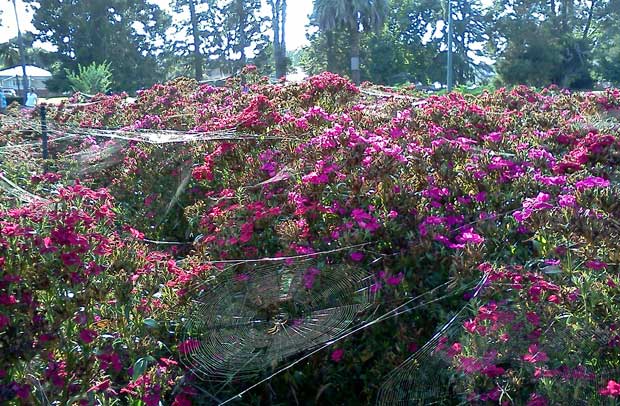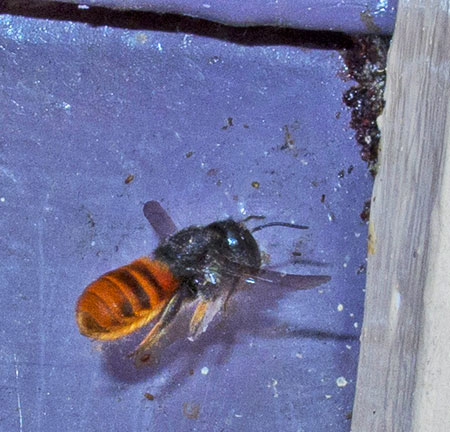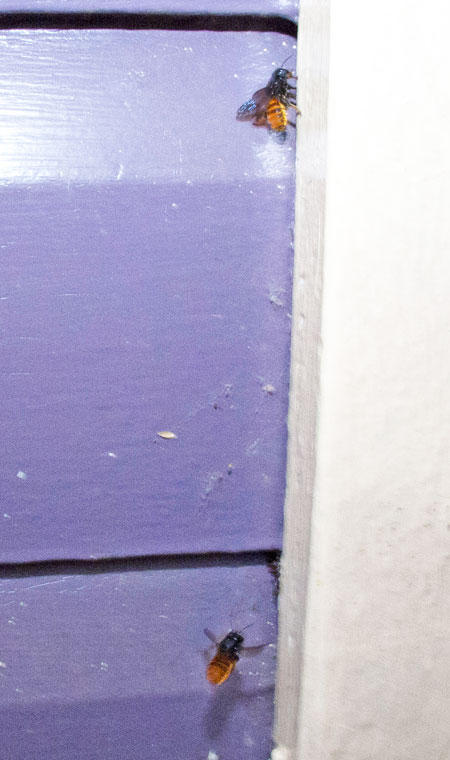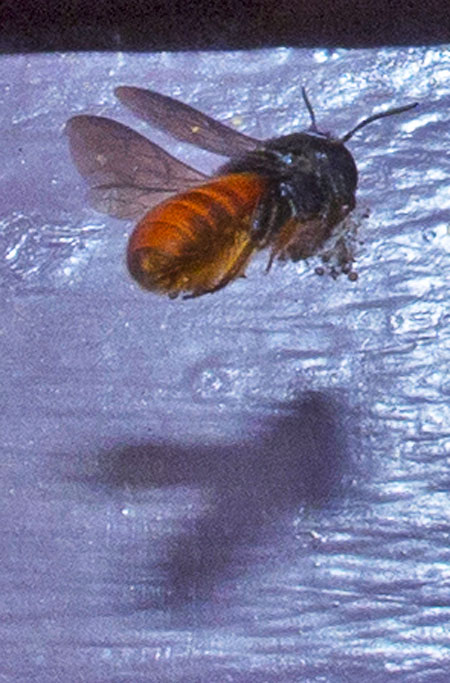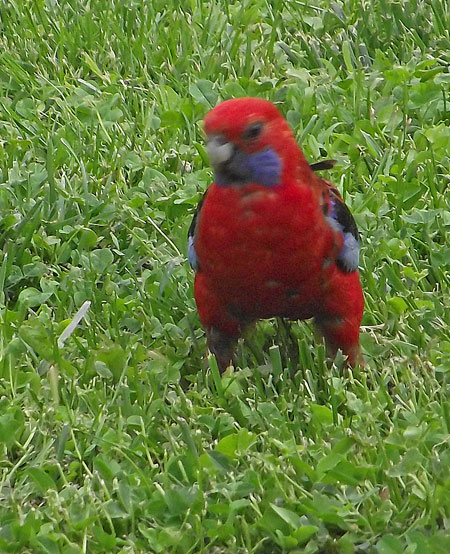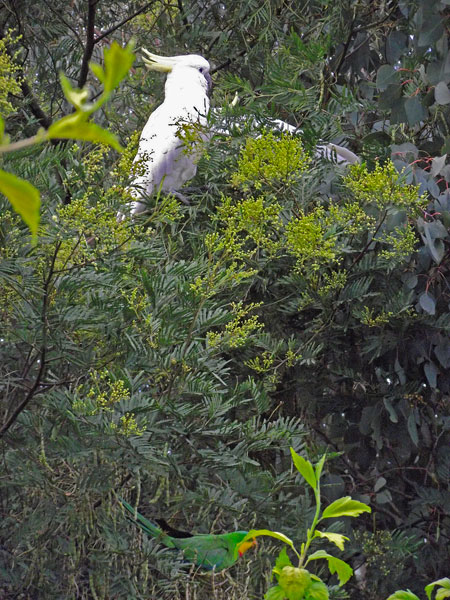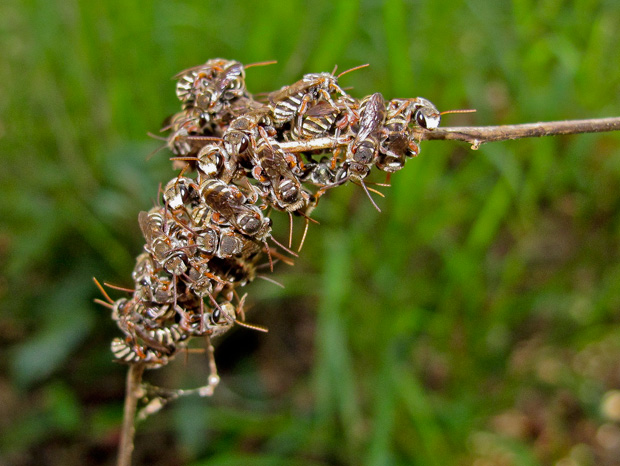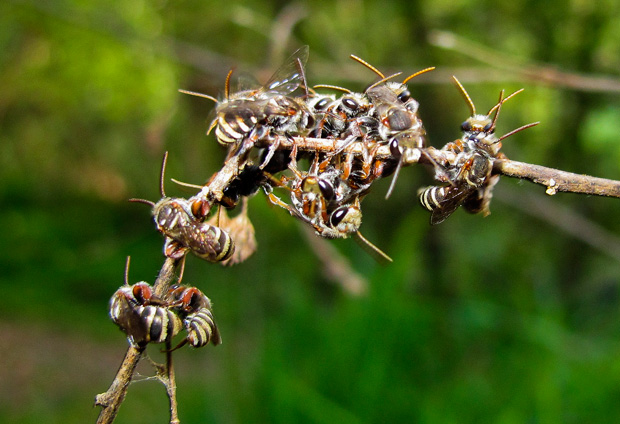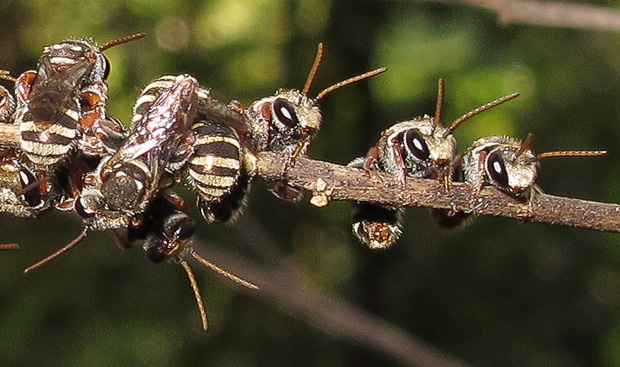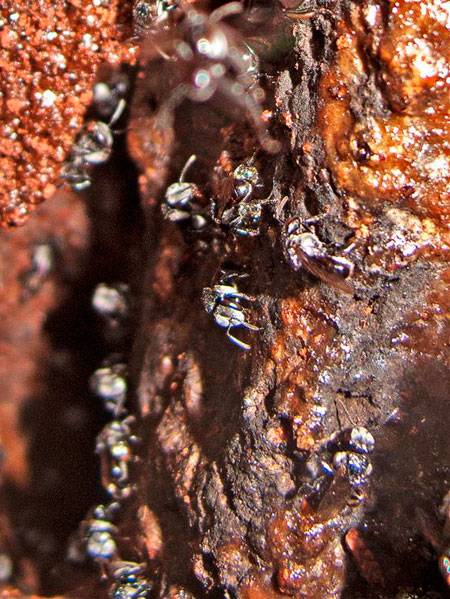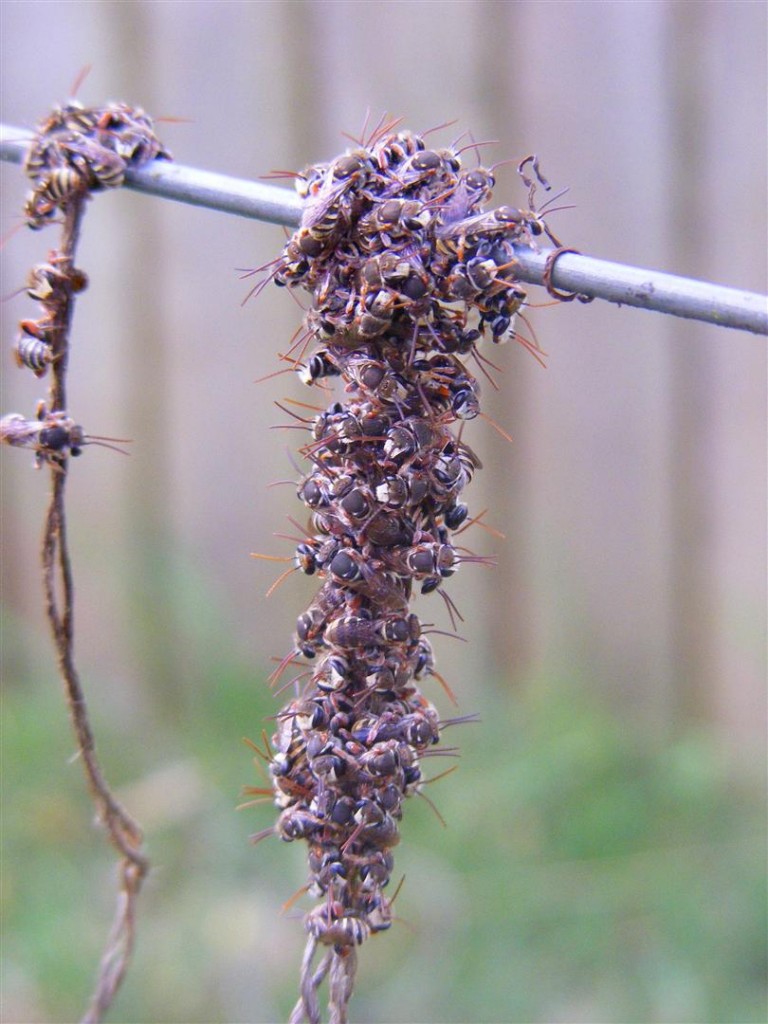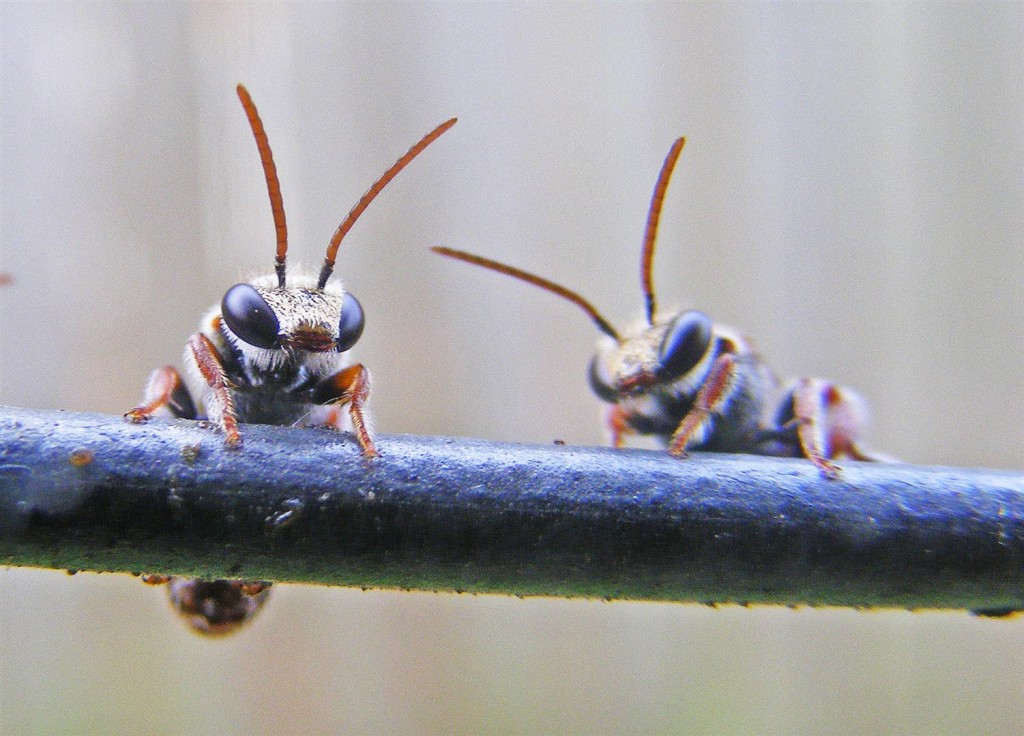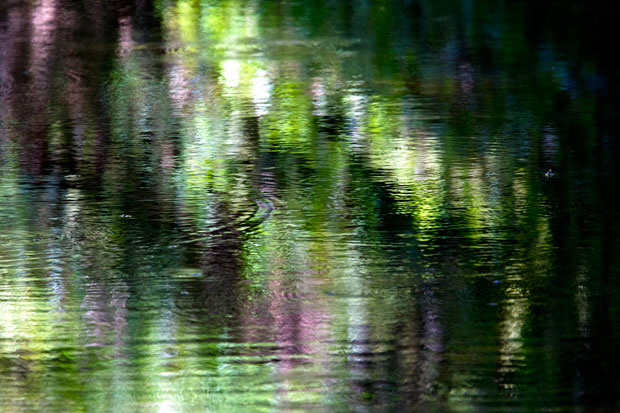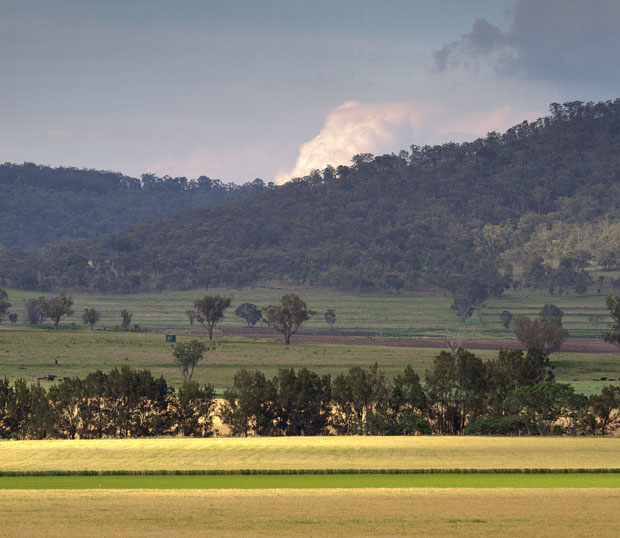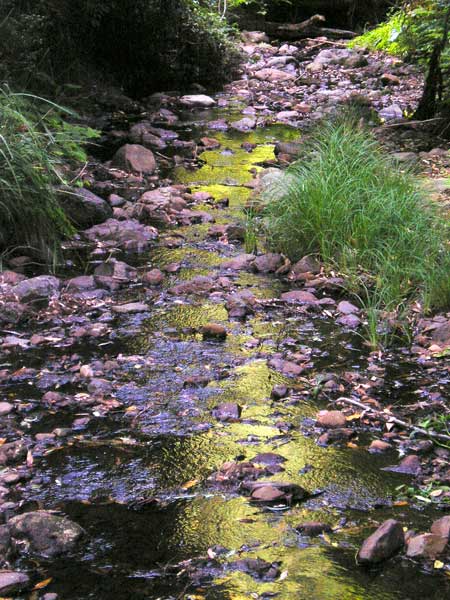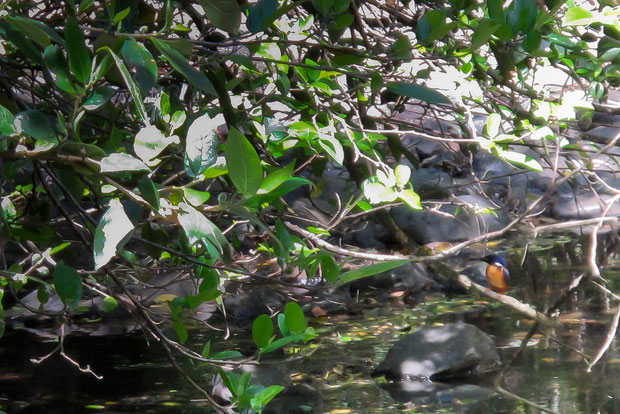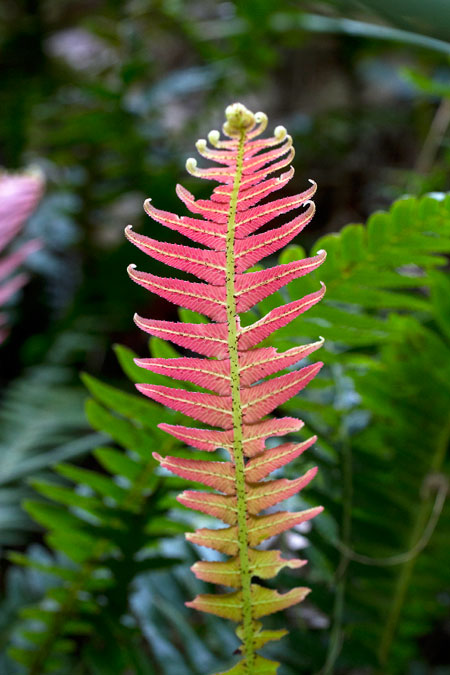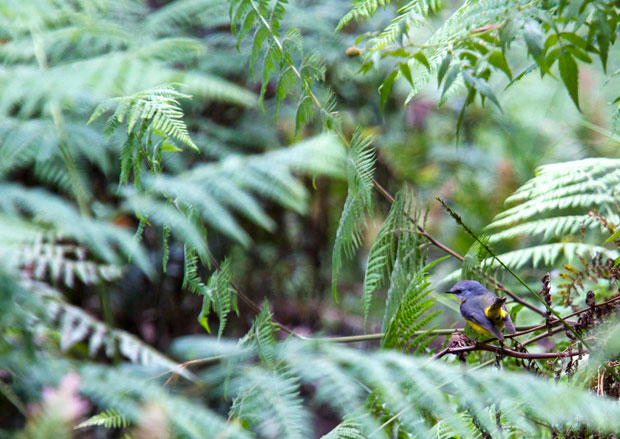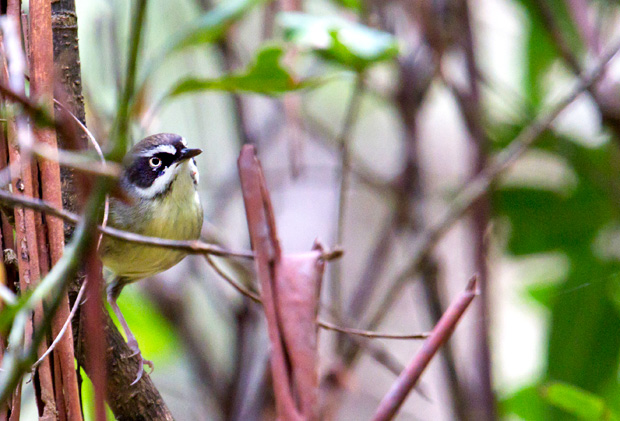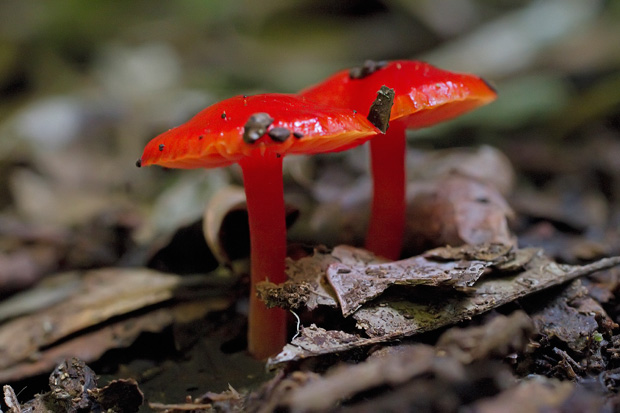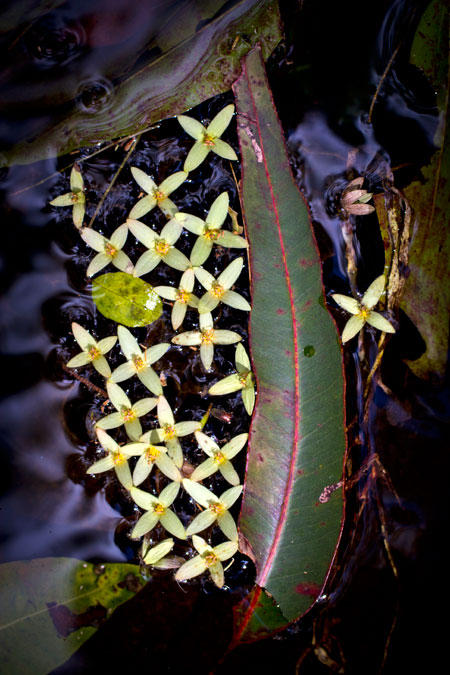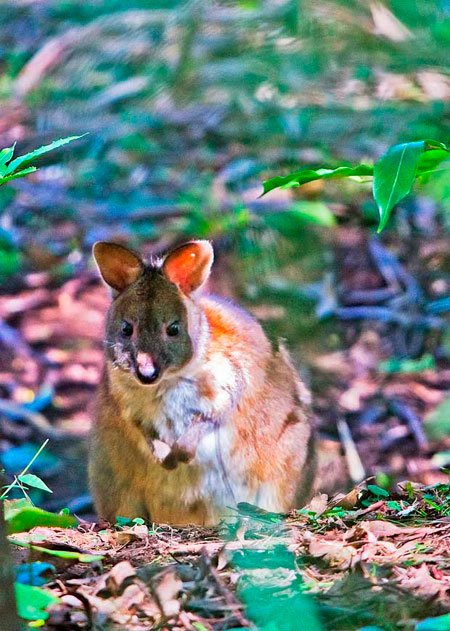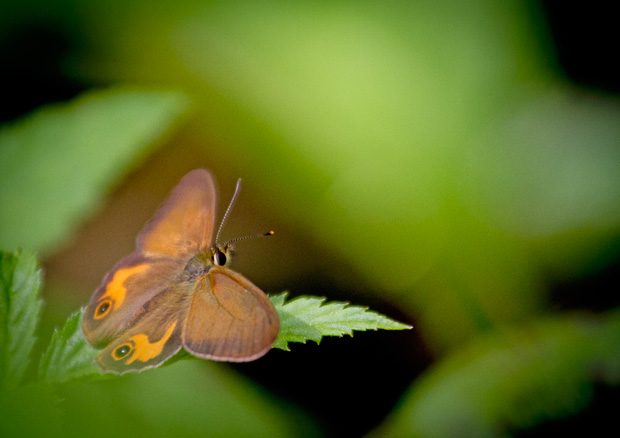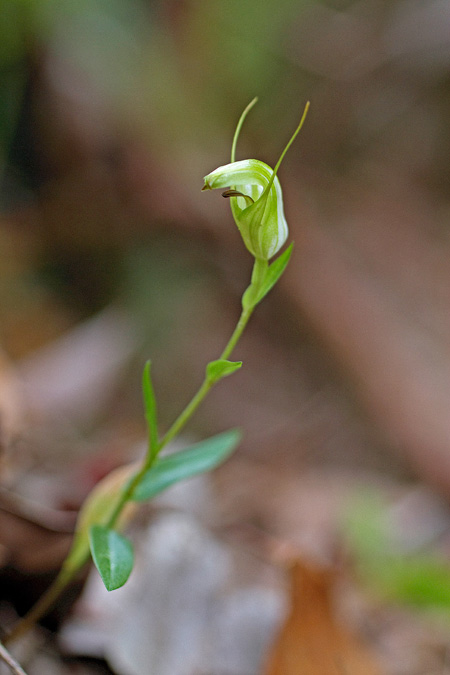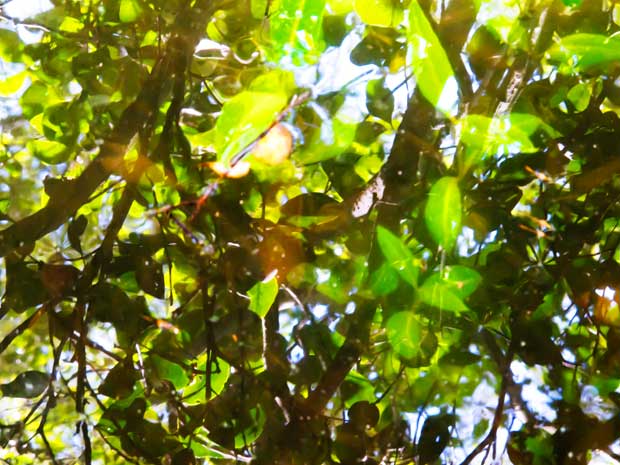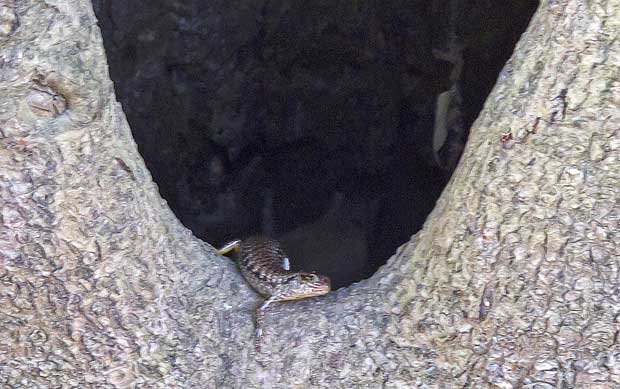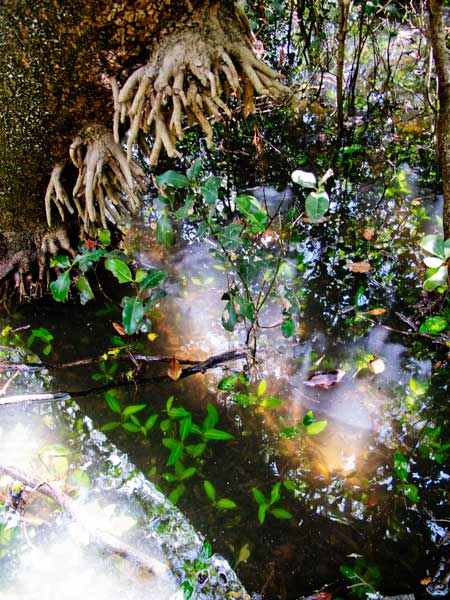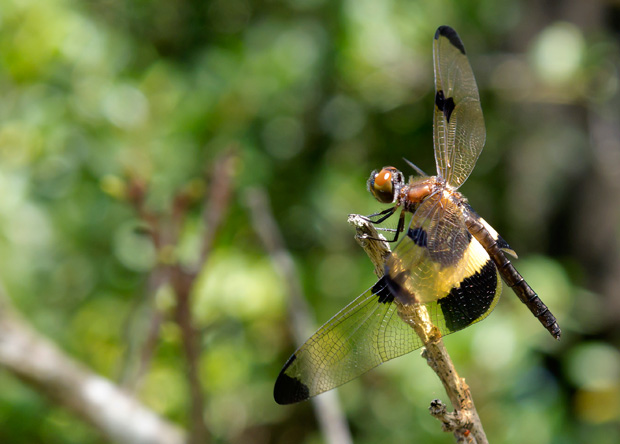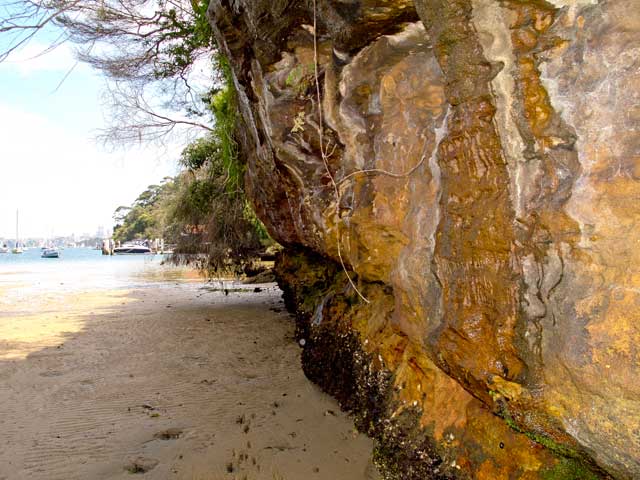Day-loving moths
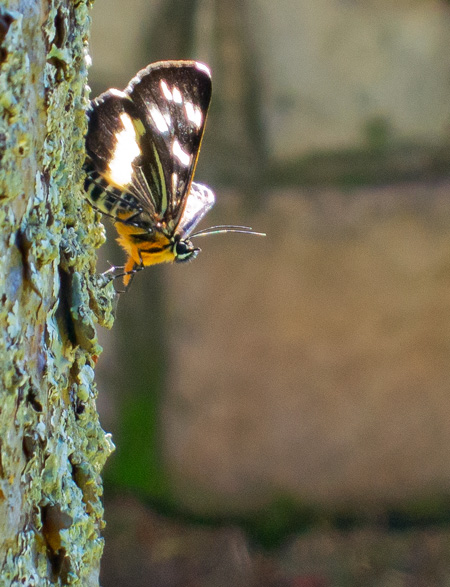
These colourful invertebrates (butterflies?) turned up for several weeks all over my suburb in Toowoomba in summer.
One of the frustrating things about being a naturalist is that you can spend ages messing about watching things, then more time trying to figure out what you’ve seen, then if you’re like me, forgetting to make notes because you’ve been distracted by something else, or annoying-but-necessary things like work get in the way, and soon you pretty much forget everything you found out about what it is you were interested in. But that’s life.
I have many posts to make about last summer, and it’s already mid-winter. This blog is so far behind that I wonder if it’s even worth pursuing. However, it’s become some kind of online diary (gee, what a novel idea), and I enjoy keeping it running, so I’ll attempt to keep doing these posts and they’ll be filled with the usual inaccuracies and dodgy information.
Summer 2012 was a wonderful season for wildlife, with rain and heat, and all sorts of things popped up and ran amok — a top time for a nature photographer.
So, back to February! A small, fluttering invertebrate turned up all over my suburb for several weeks. At first glance they could be mistaken for butterflies, but I’d figured that they were actually Day Moths — members of a group named for their habit of flying about during the day. Whenever I’d see these moths they’d be flying between several trees, as if they were relentlessly patrolling a small territory. I tried to get photos of this one for few weeks before finally succeeding.
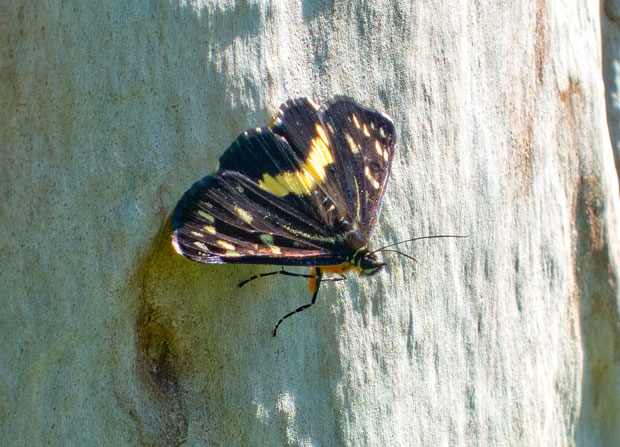
A Day Moth, resting on a Spotted Gum before heading over to a nearby Kauri Pine, Queens Park, Toowoomba.
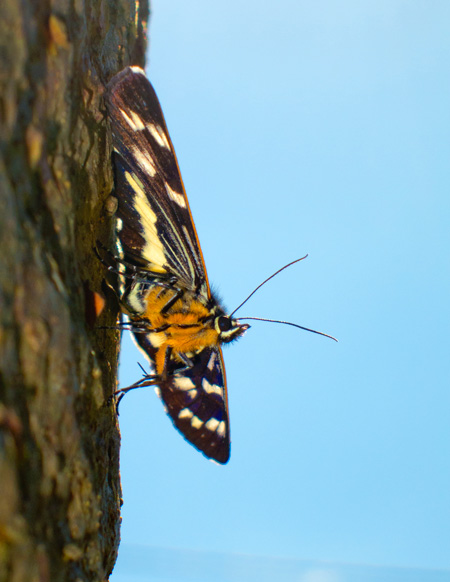
This Day Moth is colourful, with a bright orange under-belly, black stripes and distinctive wing patterns.
Trying to identify this moth to species level is a tricky task for an amateur like me. For an accurate answer I’d usually need to catch one, kill and preserve it carefully, then get it to a lepidopterist or entomologist at the Queensland Museum, and hope that they had time to examine it and identify it for me. However, I was happy to let the thing fly back and forward between two trees in the sunlight, and have a bash at identifying it to some vague level.
I reckon that this moth is a member of the family Noctuidae, sub-family Agaristinae. Australian moth expert I. F. B. Common notes that moths in the family Noctuidae come in a ‘limitless array of shapes, sizes and colours’. There are over 1,000 species of moth in this family in Australia and more than 35,000 world-wide.
Pushing on in a devil-may-care taxonomic style, I’d suggest that this is one of a genus of moths named Cruria, commonly known as Crow Moths.
One species of Crow Moth that turns up to the east in Brisbane is Cruria donowani, and this one of mine looks close. A description of this moth appears on the excellent Insects and Spiders of the Brisbane Area website. Here, the moth’s habit of patrolling between trees in its home territory is described, as well as its defensive behaviour of opening its wings when startled to reveal a ‘cat’s face’ pattern on its wings, designed to frighten potential predators. It is believed that butterflies and moths with this sort of wing pattern form a Mullerian mimicry complex to avoid predators — the moth may, in its colours and patterns, mimic the crow butterfly, which is toxic to predators.
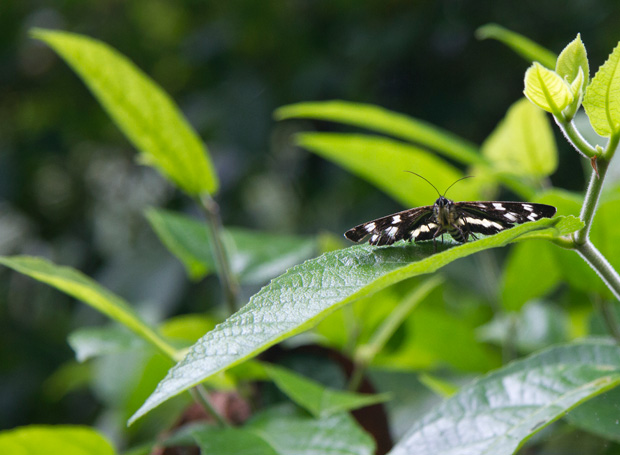
Another Day Moth, shortly before landing on top of my camera lens. Nightcap Ranges National Park, northern New South Wales.
One month later, I was on a work assignment photographing World Heritage rainforest reserves in northern New South Wales. I ran into another Sun Moth, in a sunny clearing in rainforest, and had an amusing moment when the thing landed on the lens of my camera while I was trying to sneak up on it. Hard to get much closer to such a charming invertebrate.
More information on Australian moths:
Rainy day visitors — Satin Bowerbirds
June 2012 has been filled with many cold, rainy days. One foggy Saturday morning was brightened for me by the arrival of some Satin Bowerbirds, the first time I’ve seen these birds in our yard.
Alerted by their distinctive scolding call, I stalked out with the camera, and soon saw several females and a male. They were also in our neighbours’ yard, sitting on their ‘Hills (Clothes) Hoist’, where they seemed to be eyeing off some blue pegs (male satin Bowerbirds love to decorate their bowers with blue objects).
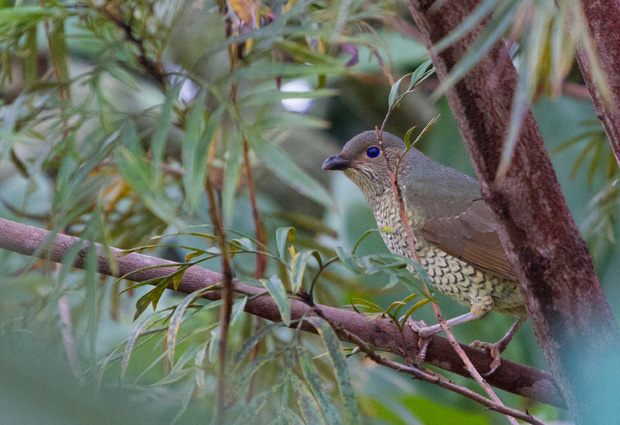
A female Satin Bowerbird (Ptilonorhynchus violaceus) in a grevillea in the back yard. I love the subtle shades of brown, green and olive of these birds, as well as their fine blue eyes.
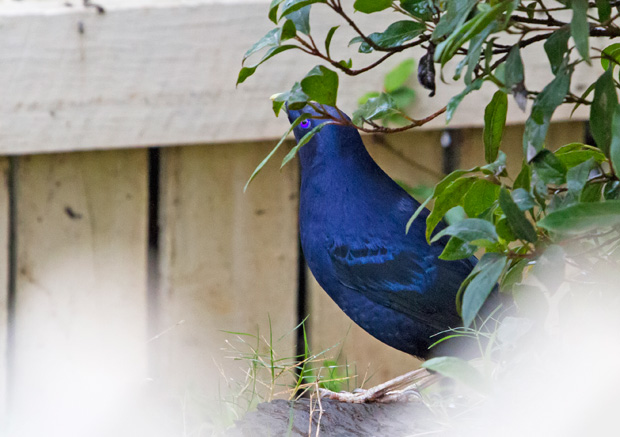
A male Satin Bowerbird briefly graces our drab front yard with dazzling colours, before heading off over our busy street and vanishing. Is it possible to ever tire of watching such delightful animals?
These very wary birds were quite hard to photograph, so I ended up with nothing more than a few dodgy record shots, which you see here. Our neighbours reported seeing two males and four females in their yard. I’ve seen these birds in the eastern Toowoomba area before, but this was a first for our yard. We have also had some Eastern Spinebills hanging about, another uncommon bird for our backyard.
Pobblebonk
Midnight on a foggy, humid Toowoomba night. I venture into the backyard — un-mown grass and rampant green, a very different sight to the yellow, dry block that we took on when we moved here ten-odd years ago. We’ve done little to it, it has just rained a lot lately and everything has grown.
February 2012’s rainy weeks have been sublime weather for all sorts of critters, including frogs. There in front of me at midnight, frozen by the light, was a new species for our yard, a Scarlet-sided Pobblebonk — one of my favourite frogs. What a fabulous thing to find lurking in the yard late at night!
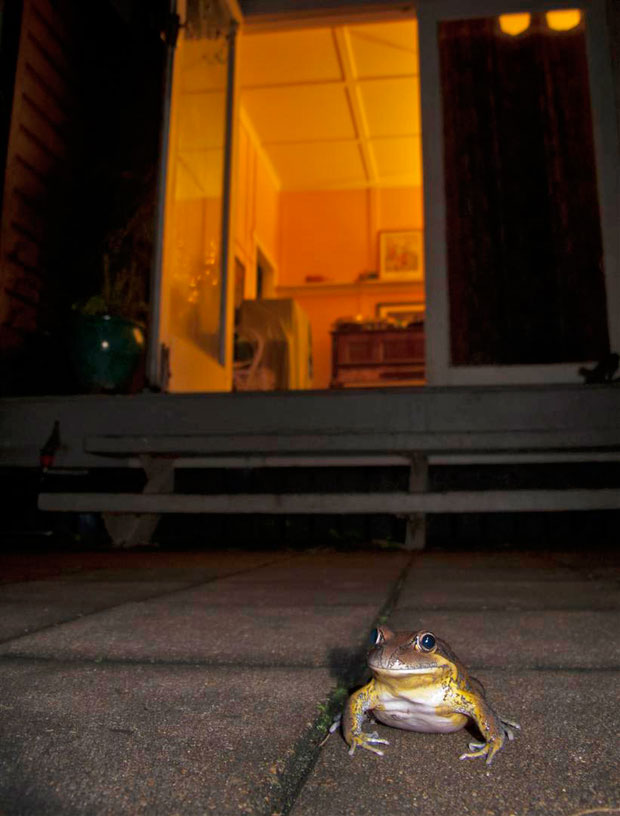
The Scarlet-sided Pobblebonk (Limnodynastes terraereginae) is a member of a group of well-built, ground-dwelling and/or burrowing Australian frogs. Scarlet-sided Pobblebonks are also known as Northern Banjo Frogs, in both cases the name comes from the call of the males — when lots are going off they make a sound like a banjo being plucked, or a bubbling series of slightly different "bonk" noises.
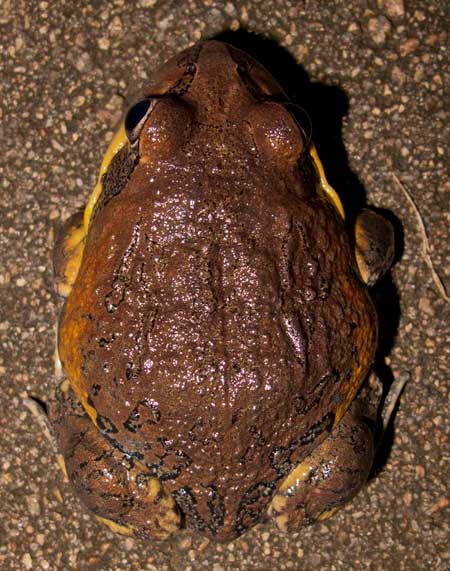
Pobblebonks are burrowing frogs, and are only seen on the surface after lots of rain. Sometimes people find them in the garden after rain and mistake them for the introduced Cane Toad. We have lots of brown native frogs though, and this one is more colourful than a Cane Toad when you get up close.
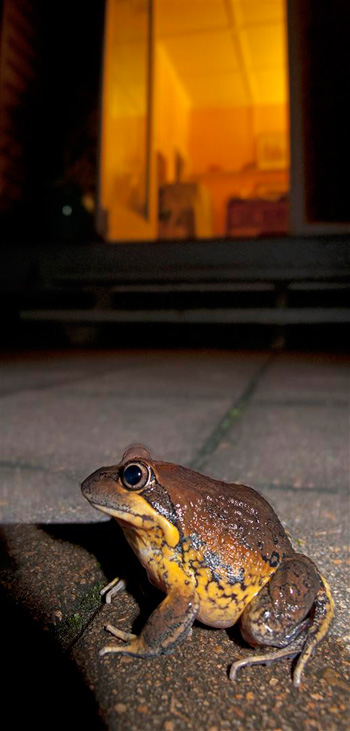
About to head off. Scarlet-sided Pobblebonks are found on the western slopes and ranges of northern New South Wales, through eastern Queensland and up to Cape York Peninsula. And in my dodgy back-yard. Outstanding!
Stormy sunsets
Storms, rain, wild weather all around. Many fine photographic opportunities abound. These were taken looking east over the Toowoomba escarpment with a Canon Powershot S100, after quickly pulling over while driving down the range. Glad I had the camera with me. The second and fourth shots were taken looking to the west.
More rain, more fungus, new birds
Why was this fungus interesting? Well, apart from the fact that I just like fungi, it was at the base of an exotic pine tree in Queen’s Park, in the top branches of which three Yellow-tailed Black Cockatoos, a new Toowoomba bird species for me, were prising apart pine cones. My little camera had no hope of catching a decent cockatoo image, so this fungus is here instead!
Graceful Treefrogs
For the second time since I’ve moved to Toowoomba about a decade ago, we’ve heard the quiet wail of a Graceful Treefrog (Litoria gracilenta) in the back-yard. The sound brought back a few memories.
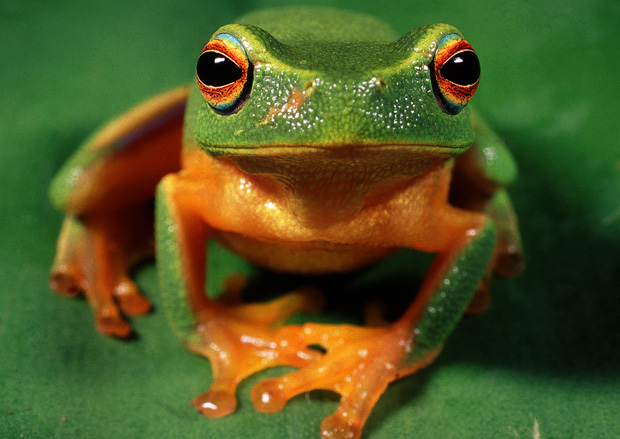
Graceful Tree Frog (Litoria gracilenta), Lota, Brisbane. One of several species of 'green' frogs that can be found in Brisbane, the Graceful Treefrog is about 45mm long. The species lives in a range of habitats, from gardens to farmland, but is not found in rainforest or wallum heath. Photo R. Ashdown.
I used to look forward to the calls of these frogs during summer when I lived in Brisbane. As the air grew humid and the sound of distant thunder rolled across a still suburb, the rising wail of a Graceful Tree Frog would be heard coming from high up in the dark-green canopy of the old mango tree that took up most of my small backyard and which had the swing attached that my one-year old son was so fond of. I would imagine the frogs flat against the swinging mango leaves for the cold months, almost sealed to the leaf, everything tucked in to reduce moisture loss, probably dreaming frog dreams of the coming rains.
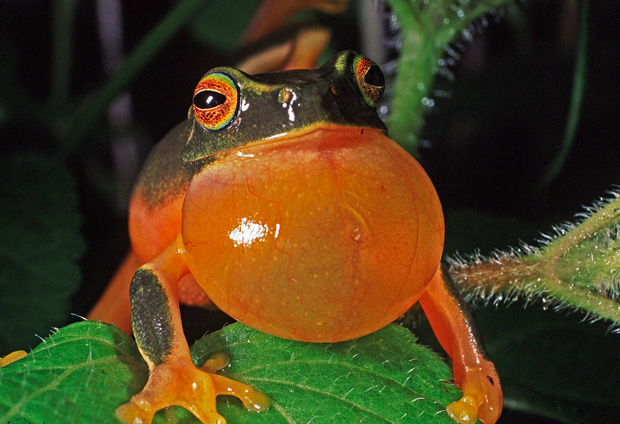
A male Graceful Treefrog calling. The call has been described as a long drawn-out moaning "aaaare". Males call from the water's edge and from overhanging vegetation. Photo R. Ashdown.
If the rain persisted, after several days a huge chorus of wailing frogs would drift up from a creek a hundred metres down the road. It was the largest chorus I’d heard of frogs in my suburb, and after the rain ceased the calls would go all night, an eerie but somehow calming background soundtrack to a summer night. I’d sneak down there at night with a torch and a camera, to the vacant block between houses, and see stacks of these stunning emerald amphibians lining the edges of the creek calling. They’d probably been doing this there for many decades or probably centuries.
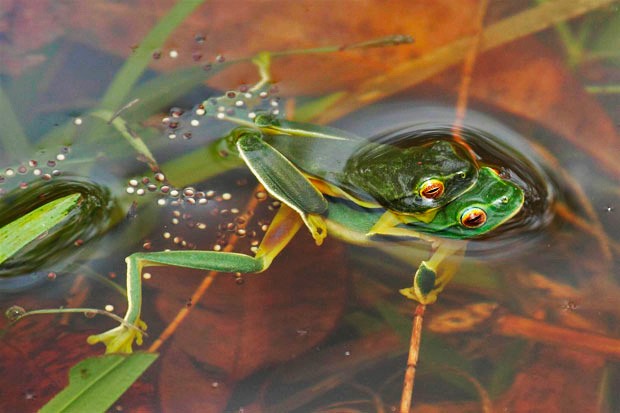
Graceful Tree Frogs in 'amplexus'. The male grasps the female and fertilises the eggs she lays. The frogs lay a single layer mass or small clump of eggs just below the surface of water, and sometimes the eggs are attached to floating vegetation. They will lay eggs in temporarily flooded areas, and even in buckets or swimming pools. Photo taken at Boondall wetlands, Brisbane, by Mike Peisley.
Sadly, I was there when this summer gathering ceased for good, as the block was developed for houses, the old paper-barks trashed and the creek lined with pipes and concrete. The red-bellied black snakes and the frogs all moved out or were killed. Progress always has its quiet, usually-unnoticed down-sides in a city like Brisbane, where the landscape is gradually changed and the many small creatures vanish as their habitat suffers the death of a thousand cuts. It was a sadder summer season there without the nightly chorus of these graceful frogs.
Eastern Water Dragon
Mudwasps
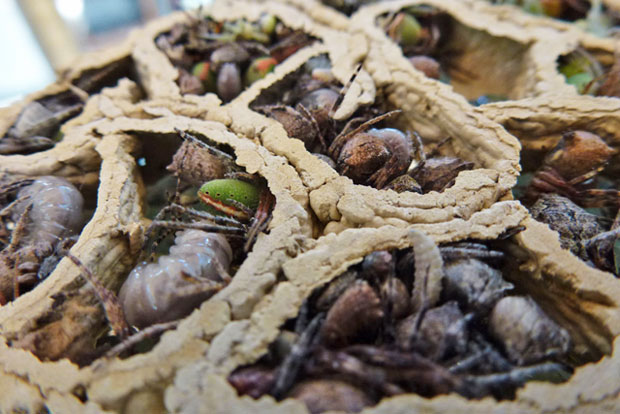
A collection of spiders stored inside the cells of an opened mud wasp nest. Porcupine Ridge, Victoria. Photo R. Mancini.
There are many species of Australian mud wasp, which belong to the Families Specidae and Vespidae. While varying in colour and size, they are often black with yellow or orange bands. Mud wasps are solitary insects, feeding on nectar and drinking water.
Mud wasps can be seen near the edges of puddles or streams drinking or gathering mud for their nests.
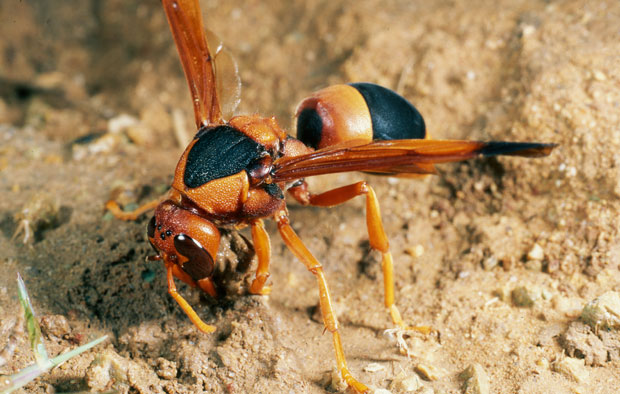
A large and colourful Potter Wasp (Abispa ephippium) collects mud from my eroded driveway. Potter Wasps live in open habitats and gardens, and are found across much of mainland Australia.
Nests are constructed by single female wasps. Some species build their nests in cavities such as in trees or old machinery (even taps), while others attached their mud nests to tree trucks, rocks, or in Rob’s case, buildings.
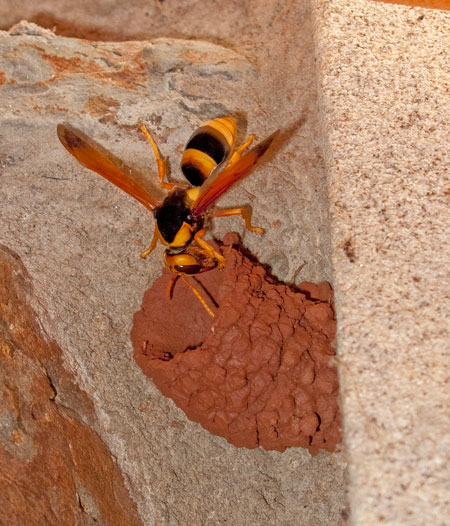
A Potter Wasp at work on Rob and Catherine's beautiful stone house, Toowoomba. The nest of the Potter Wasp contains many cells filled with caterpillars as food for larvae. A temporary entrance funnel (seen here) is built while the cells are being filled. Female wasps search for prey around trees and shrubs, using their jaws to cut into the shelters of leaf-tying caterpillars. Photo R. Ashdown
The female catches a spider or insect (depending on species of wasp), then stings and paralyses it. The hapless insect is carried back to the nest, whe an egg is laid on it and the nest sealed. When the wasp grub hatches it consumes the food provided and pupates in the cell. The emerging adult wasp then chews its way out of the cell.
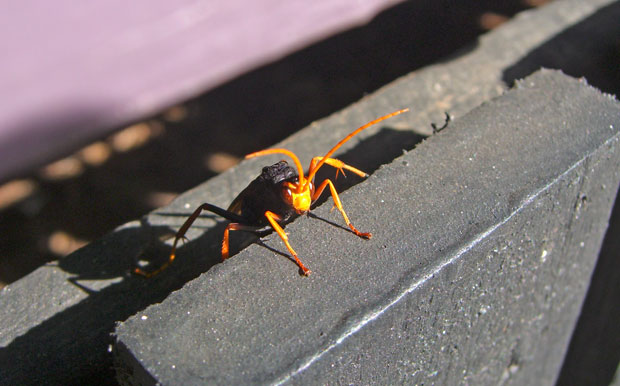
On the prowl for spiders. Toowoomba. This is actually not a mud nest builder, it's an Australian Spider Wasp. They catch large Huntsman Spiders and drag them back to their burrows in the ground. Toowoomba. Photo R. Ashdown.
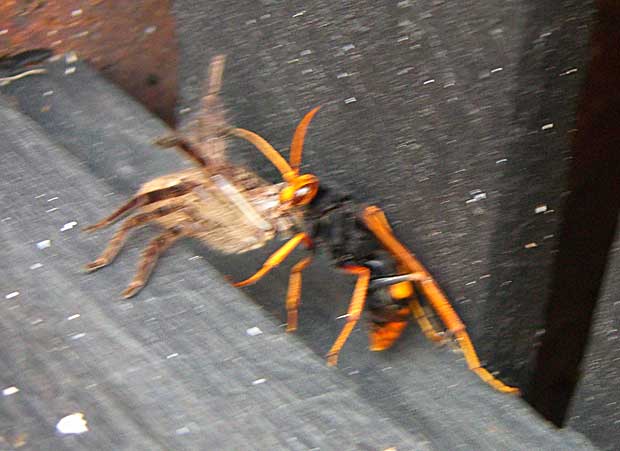
Wasp with Huntsman Spider prey, moving quickly back to the burrow with paralysed spider. Photo R. Ashdown.

A battered, and huge, Australian Spider Wasp searches energetically for ... well, spiders I guess ... among a scree slope on Mount TableTop, Toowoomba. Photo R. Ashdown
Mud wasps are native animals. They are not pests and rarely sting, as they are not usually aggressive to humans.
- The Queensland Museum: Mud dauber and Potter wasps.
Dragonfly hunting
Queensland Parks and Wildlife Service Resource Ranger Rod Hobson was keen to find a Royal Tigertail (Parasynthemis regina) at McEwans Conservation Park near Pittsworth on the Darling Downs. This uncommon dragonfly species was spotted there in a recent survey. We searched, but didn’t find it – this time anyway. Here are some photos of other things we found (identifications not confirmed).
More great Boondall images
Some new images by Mike Peisley, all taken in the Boondall wetlands. Mike’s patience in getting to know this area and the behaviour of its wildlife continues to pay off with some really wonderful images.
All images copyright Mike Peisley.
Summer invertebrates on the move
Summer heat after some rain in Toowoomba and the air has been full of tiny insects on the move.
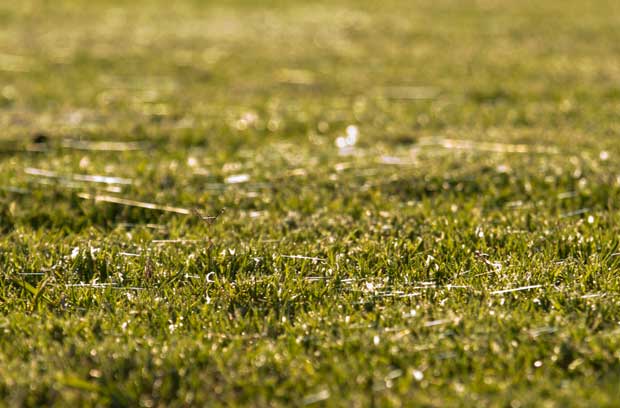
Tiny spiderlings ‘baloon’ about. They drift pass on small strands of web, and land all around us on the grass. Photo R. Ashdown
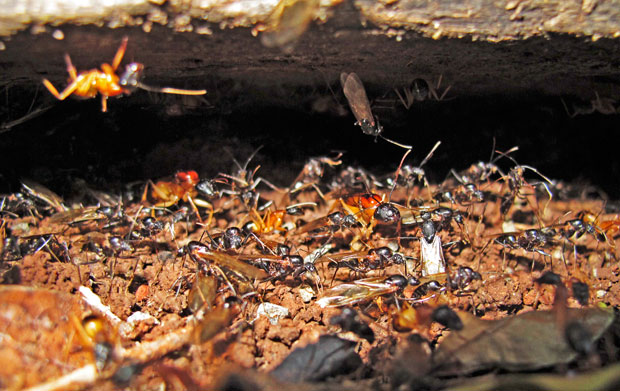
Winged Sugar Ants mill about our large colony under old sleepers in the driveway. Conditions are right for the colony to produce winged ants (known as alates). These are reproductive males and females, which swarm and mate. The males die within a few days but the females (future queens) fly off to find a new nesting site, shed their wings and establish a new colony. Photo R. Ashdown
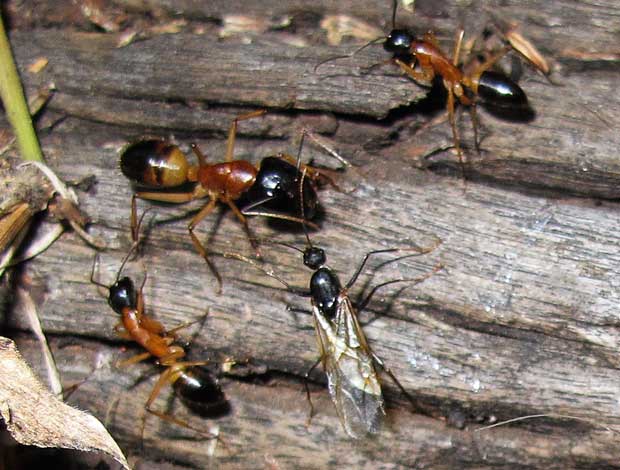
Unlike most of the colony’s ants, alates are black. Large worker ants stand guard around the mating alates. Photo R. Ashdown.
Boobooks at Christmas
The Christmas Lights spectacular turns the normally quiet-by-night Toowoomba Botanical Gardens into a riot of colour and sound, the kind of place any nocturnal animal would avoid like the plague. So, I was happy to hear, and then spot, a calling Southern Boobook Owl, sitting in a hollow in a Plane Tree less than 50 metres from all the Yuletide commotion.

Trees adjacent to the riot and colour of the Toowoomba Christmas lights spectacular are home to some interesting wildlife, despite being non-natives. Photo R. Ashdown.
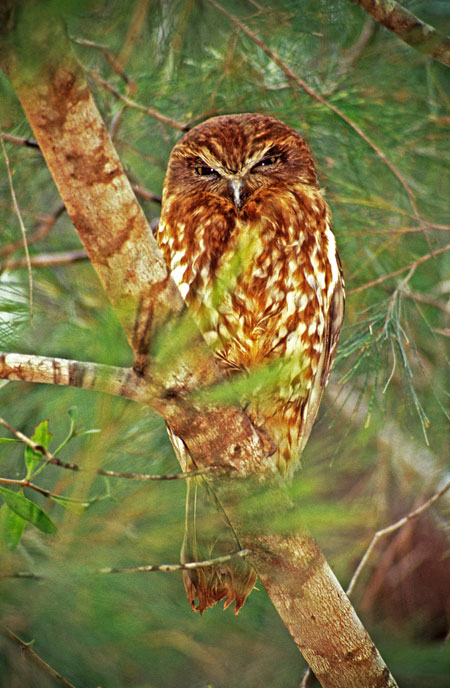
Southern Boobook Owl (Ninox novaeseelandiae). This one was photographed sleeping in a Casuarina in Brisbane. This is the smallest and most common owl in Australia. By day they hide in tree hollows or thick foliage. Their two-syllable call of mo-poke or more-poke is often mistakenly thought to be the call of the Tawny Frogmouth. Boobooks breed from September to February each year, raising from one to three young in a hollow. Young birds stay in the nest until they are five to six weeks old. Photo R. Ashdown
I returned several times with camera gear, but was unable to get a photo of the owls. I did spot three birds quietly flying about, so perhaps they have raised one or two young in the park. The “mopoke” call of these birds is heard throughout East Toowoomba every summer, and since Christmas they have been calling in trees several blocks away from the Gardens. A most evocative night-time sound.
Verandah bee renovations
Our house needs some serious work, like the last place we lived in, in Brisbane. While preparing to tackle the herculean task (for me, anyway) of sanding and painting the entire exterior of the latter dwelling, an old workers’ cottage, I discovered some weird little orange bees living in gaps in the weatherboards. I eventually captured one, and we had it identified as a Fire-tailed Resin Bee (Megachile mystacaena). A photograph I took of it (below) ended up in the Queensland Museum’s Wildlife of Greater Brisbane in 1995, and it’s still there in the 2007 edition, on page 166.
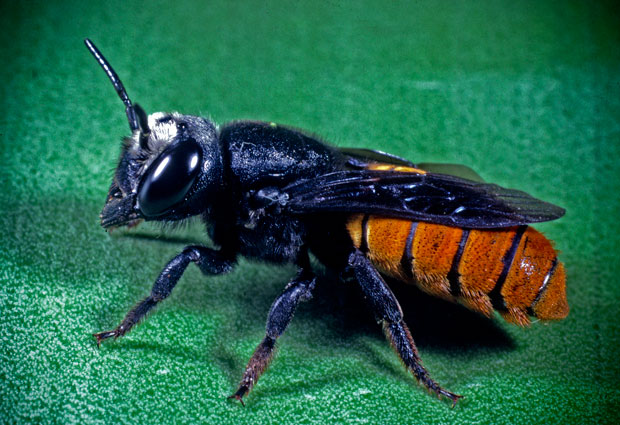
Fire-tailed Resin Bee (Megachile mystacaena). Solitary native bees that nest in existing cracks and crevices, hollow twigs, old borer holes, metal pipes or between the folds of curtains. This is one I that I discovered nesting in our old weatherboard house in Brisbane over ten years ago. Photo R. Ashdown
We’ve just re-discovered them busily making renovations on the verandah of our house at Toowoomba, after our dog Pluto (not much bigger than a bee, so it sees things like this as a threat) chased one around in circles. After Harry managed to get some great images I mucked about in the heat lying on the verandah with a Canon G12 and external flash for hours trying to get a few decent shots.
One bee worked furiously, and it seemed to be near the point of finishing one resin cell.
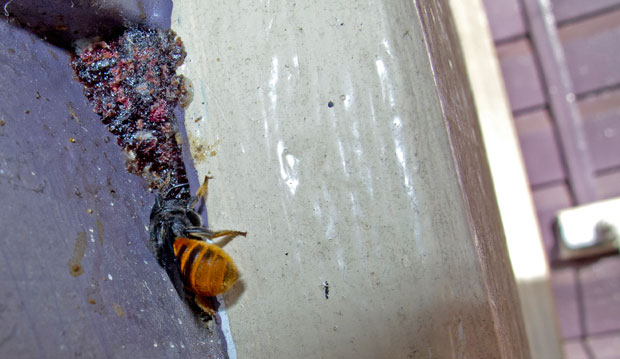
The female bee constructs cells from plant resin, chewed plant material and mud, which she carries and moulds with her jaws. Photo R. Ashdown.
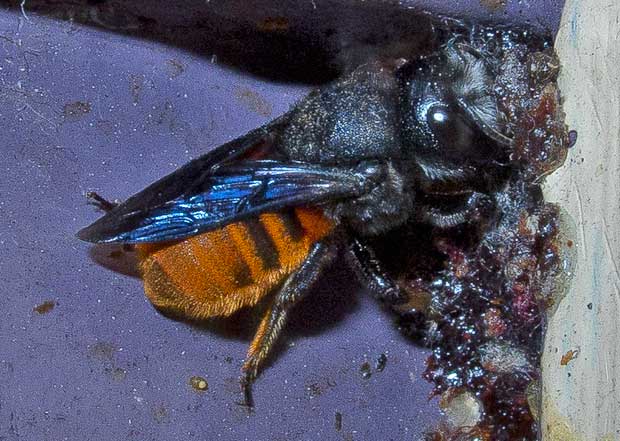
A close up of the industrious bee hard at work. Maybe I can get them to sand and paint this house for me. Could take a few decades. Photo R. Ashdown
A second bee arrived (top, in photo below), and busily checked out crevices all over the verandah.
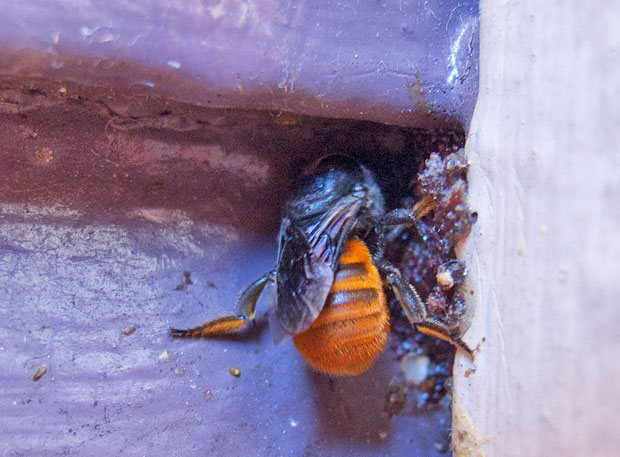
Harry captured this lovely close-up showing the fine golden hairs on legs and abdomen. Photo Harry Ashdown.
While they would arrive with what looked like white cotton wool in their mouths (see above), the resin these bees produced had a beautiful deep maroon colour.
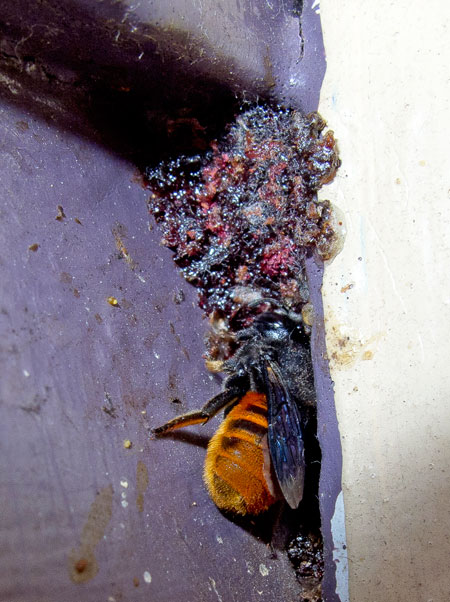
The deep red resin of a nearly-completed cell. I can only assume that the female has carried a caterpillar here that contains an egg, or eggs, of hers. The bee larvae, once hatched, will hatch and devour the caterpillar (or other prey insect). Photo R. Ashdown.
These bees are a surprisingly common subject for photographers, with numerous sites showing images of these bees. The Fire-tailed Resin Bee is just one of over 1,500 species of native bees in Australia.
Dr Dave Britton, of the Australian Museum writes:
Bees belong to the insect Order Hymenoptera, which includes wasps, ants and sawflies. In Australia there are four main bee families: Apidae, Colletidae, Halictidae and Megachilidae.
Many Australian these bees are solitary nesters, while others may share a nest. Others are fully social species.
Although some bees sting, they are not considered to be pests as they play an important role in the Australian environment as key pollinators of many native plant species. Indigenous people have long used both the honey and the nests of native bees as valuable sources of food and wax.
Commercially, the introduced Honey Bee is vital to the production of honey, but the cultivation of native bee species is also being investigated as a viable industry.
Features of bees:
- They are vegetarian throughout their life cycle, eating nectar and pollen.
- They are generally furrier than wasps and have feathery or branched hairs.
- Some native bees use a special pollination technique called ‘buzz pollination’, which certain native flowering plants require for pollination.
- Stingless bees (Trigona and Austroplebeia species) are the only native bees that do not possess a sting.
- The females of all the other native bees have a sting but many are too small to deliver an effective venom dose to humans.
- Although not aggressive, the largest native species can deliver a painful sting.
More on Fire-tailed Resin Bees and other native bees:
Pollys congregate in Canberra
A post from friend and fellow naturalist Nadeem Samnakay, who dwells in Canberra, Australia’s capital city. Canberra is home to, among other things, Federal Parliament.
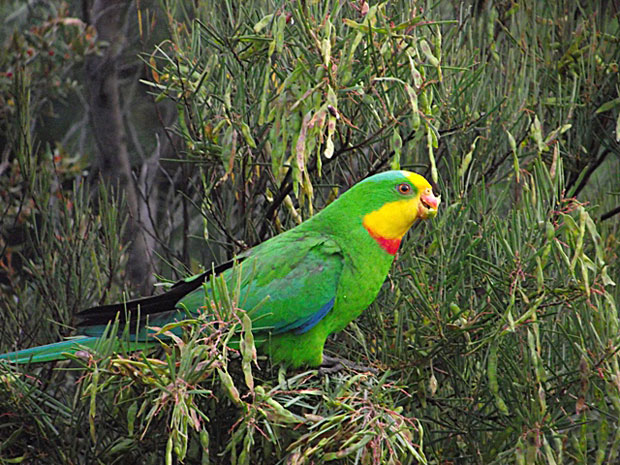
A Superb Parrot (Polytelis swainsonii) feeds on acacia (wattle) seeds on a nature strip in suburban Canberra. The Superb Parrot is endemic to south-eastern Australia. It is found in the Riverina area of New South Wales and Victoria, and, in winter, in northern New South Wales. Classed as a ‘vulnerable’ species, there are less than 5000 breeding pairs left in the wild. All photos copyright Nadeem Samnakay.
Canberra is a drawcard for pollys. Some are deserving of our support while others are despised and even considered pests. One could easily be misled into thinking I am referring to our elected pollie representatives, but no, I’m referring to the rightful birdbrains – the parrots.
I’m now entering my seventh year of residing in Canberra’s northern suburbs. I came to Canberra in December 1995 and the suburb where I live was, at the time, the outer fringe of urban development. Over the past four years, the real estate boom has transformed the surrounding grazed woodlands into HD suburbs. High Density — with the average house block being around 500 square metres, and High Definition because there is very little to deceive the eye — wall-to-wall bricks and mortar. Somewhat ironically, one of the newly established so called ‘green’ suburbs in my locality, Forde, has marketed its land release on TV (HD naturally) with an animation of a pair of Superb Blue Fairy-Wrens frolicking in open woodlands, as though residents will be living in harmony with the native wildlife. Yet, despite the Blue Wrens adaptability when it comes to inhabiting suburbia, these new HD suburbs have little, if any, natural appeal that would attract such charismatic birds.
What will these new subdivisions mean for bird life in years to come? Only time will tell. Somewhat comfortingly however, the older established suburbs with larger block sizes offer habitat for a number of bird species. I share with you my casual observations of the parrot species that visit my ‘patch’ and those I see on my weekly bicycle commute to work and back, as I meander through tree lined suburbs and open grasslands.

My patch — acacia nature strip left of the fence, fruit trees and ‘turf’ that feeds the Crimson Rosellas.
Even without venturing onto my trusty steed, I am enriched by the pollys that frequent my garden most mornings — in which I include the 10 metre wide native vegetation-dominated nature strip on two sides of my boundary. Daily visitors to my weed-dominated ‘turf’ are the Crimson Rosellas, attracted in-part by the discarded parrot seed mix surplus to the daily requirements of Phoenix, our pet cockatiel. These rosellas also feed on the acacia seeds in the nature strip in summer. Somewhat less frequent scavengers of the parrot mix are the Eastern Rosellas. Ordinarily they would feel more at home in my garden were it not for the bullying tactics of the Crimsons and one territorial Crested Pigeon, who considers my TV antenna as purpose-built pigeon roost.
Intriguingly, some weeks ago, I was graced by the company of a solitary Superb Parrot. It was very heartening to see that at least one vulnerable native species benefits from the vegetation in the nature strip. Initially I was dismayed that it was a solitary visitor but the next day, my spirits lifted when there were up to seven Superb Parrots feeding on the acacia seeds. One particular individual was so engrossed in feeding that he allowed me to approach to within a few metres of him and I was able to take some photographs.
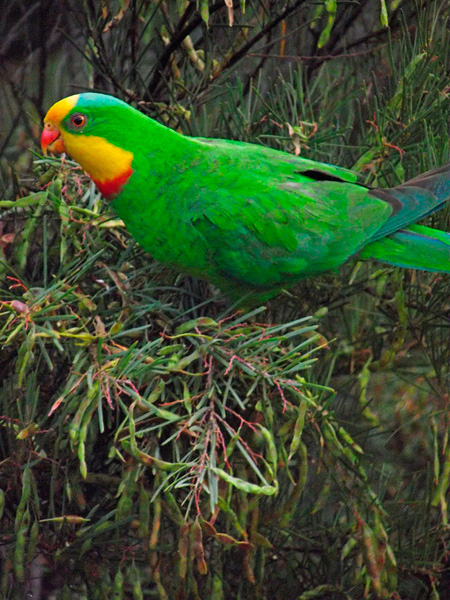
Superb Parrots nest in small colonies in the hollows of large trees, mainly in tall riparian River Red Gum Forest or Woodland. They forage up to 10 km from nesting sites, sometimes entering the suburbs of Canberra. They feed on grass seeds and herbaceous plants, as well as fruits, berries, nectar, buds, flowers and insects.
After a little while the parrot flew to an adjacent acacia and shared the bounty with a pair of obliging Sulphur-Crested Cockatoos that had earlier spooked the remainder of the Superb Parrots away. The Sulphur-Cresteds are well established throughout the northern suburbs at least and in summer, they revel in consuming the fruits of ornamental plum trees planted variously on road verges. I suspect it’s only a matter of time before they discover my own young fruit trees.
All this viewing pleasure before I even step out of the house. If I then set off on my trusty steed heading for the city (i.e. a place where bicycle riders receive obligatory howls of abuse from drivers and pedestrians alike), within a few hundred metres of commencing my journey I am often delighted to see populations of Red-Rumped Parrots scampering amongst the grass. More often than not, I’m entertained also by the antics of a healthy number of Galahs sharing in the grass seed or perched on transmission lines. These birds exhibit behaviour similar to that seen during question time in parliament, which leads me to thinking that the name ‘pollie’ was derived from behaviour associated with Galahs! Unlike many elected representatives, I find the Galahs intriguing birds. The occasional few have such a deep rose colouration, they seem more deserving of their roseicapilla species name.
As I leave the open grasslands and enter into the established low density inner city suburbs, the closed canopy dominance appeals to the King Parrots who occasionally feed on the acacia seed back in my patch. Even less frequent, albeit heard more often than seen, are the Gang Gang Cockatoos — muffling a strangled call to their colleagues in stands of tall mature eucalypts. Nearby, in the pine dominated ‘forests’, the Sulphur-Cresteds wait in ambush. Every now and then, an individual swoops down fast and low from behind me, then lets out an almighty screech that awakens me from my auto-pilot mode. As I jostle for control of my bike, pretending I was aware of the impending prank — I am reminded by the fading laughing chatter of the cockatoos that concrete, steel and recycled air beckon me to my office.
A quick shower, change and a new alter ego. Fresh and energised from my ride with nature, I enter the starkly artificial office environment where I have been conditioned to robotically interact with an electronic device for the next eight hours or so (less if the need for caffeine is exceptionally strong). On the odd occasion, Long-Billed Corellas wake me from my robotic slumber as they land with a thud at my office window and attempt to chew at the rubber seals designed to prevent fresh air entering the office environment. Perhaps they see my anguish, trapped in a glass and concrete cage with views to Lake Burley Griffin and the pollies’ nest. Whatever the motivation, I’m very much the richer for the presence of Canberra’s pollys — all of them superb.
Nadeem Samnakay, Canberra
More on Superb Parrots:
A cache of bees
My son and I recently discovered the sport of Geocaching, after accidentally stumbling on a container full of cryptic notes and tiny objects in a local park. So, while staying with relatives in Brisbane over Christmas we decided to try to find a couple of caches in nearby parks. After finding one we got completely bush-whacked looking for a second in rocky scrub along the edge of Kedron Brook in Kalinga Park.
While scrabbling about, Harry’s keen eyes detected an interesting sight — a swirling cluster of native bees gathering on a twig.
Hobbo again came to our aid, tentatively identifying the insects as Nomia Bees (Lipotriches sp.). From the Australian Museum:
Nomia bees live in urban areas, forests and woodlands, and heath. Most species nest in the ground and a number of females use the entrance and main shaft but dig their own tunnel off to the side. During the day male Nomia bees forage for nectar but at night hundreds of them gather together, clinging onto grass stems. Nobody really knows why they do this but it is a behaviour that some other bees, including blue-banded bees, also show. The behaviour of the females is slightly better understood. Up to three share a nest burrowed into the soil. They take turns guarding the entrance, blocking it with their face during the day and their abdomen at night. Inside the nest the Nomia bees make urn-shaped cells containing a disc of nectar and pollen and a single egg. Each nest may be reused by several generations.
Issue 16 of Aussie Bee magazine, from March 2001, reports the discovery of clusters of Green and Gold Nomia Bees (Lipotriches australica) in a park in Sydney. The article mentions Tarlton Rayment, an Australian naturalist with a particular interest in native bees. In 1935 Rayment wrote A Cluster of Bees, a study of the ecology of Australian bees. He described Nomia bees gathering in clusters, which in some cases comprised up to several thousand individuals.
In a detailed scientific study on Green and Gold Nomia Bees (Lipotriches australica), published in 1956, Rayment described how these bees nest in burrows in the ground. Excavating the burrows, he found complex underground chambers and shafts, with brood cells and females guarding the tunnels. A further study in 1994, by Megan Vogel and Dr Penelope Kukuk, looked at well over 1,000 nests of this species in a bare, sandy road-cut in Victoria. The researchers individually marked 66 bees from 50 nests and investigated their foraging and nesting behaviour over a three month period. They found up to three female bees in each nest, and every female collected food supplies and laid eggs. It took the females an average of 1 and 1/4 hours to complete each pollen-collecting trip.
There are over 1,500 species of native bees in Australia! Here a few I’ve had the pleasure of meeting over the years.
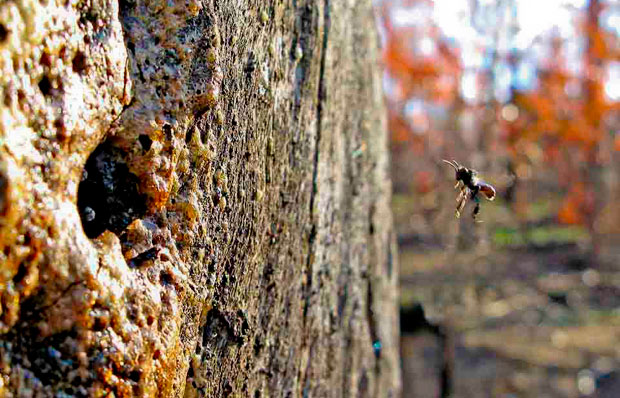
Carbonaria (or Sugar Bag) Stingless Bee (Trigona carbonaria). A social bee, the nest is made of resin and wax and constructed in hollow tree trunks, branches, fallen logs and rock crevices. These bees do not sting but defend their nest by swarming. Photographed at Barakula State Forest, R. Ashdown.
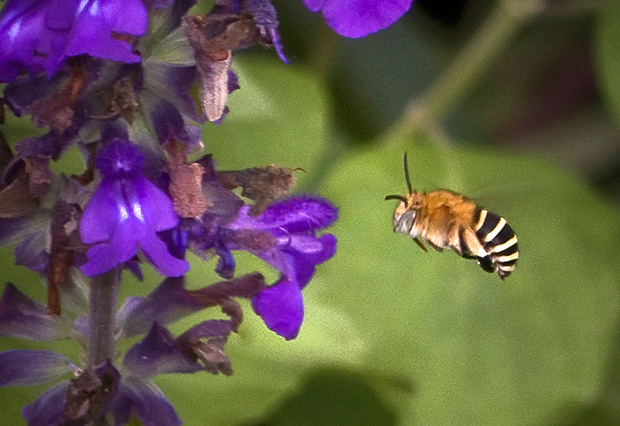
Blue-banded Bee (Amegilla sp.). Like Nomia bees, the male of this species (photographed here in Jacqui’s great garden) gather together to spend the night attached to a grass stem or twig. Photo Rowan Noyes.
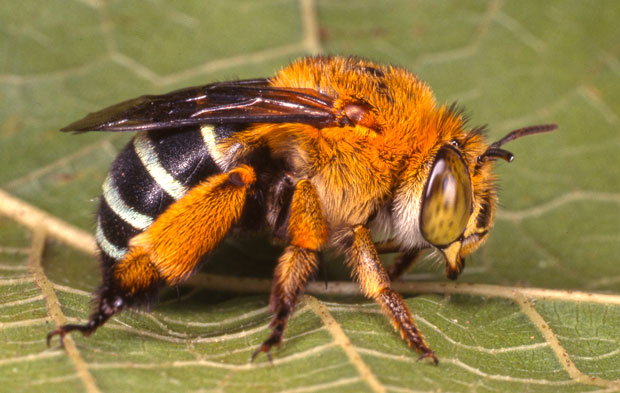
Blue-banded Bee (Amegilla sp.) These native bees are found throughout Australia on rainforest edges, open forest, woodland, desert and gardens. Photo R. Ashdown.
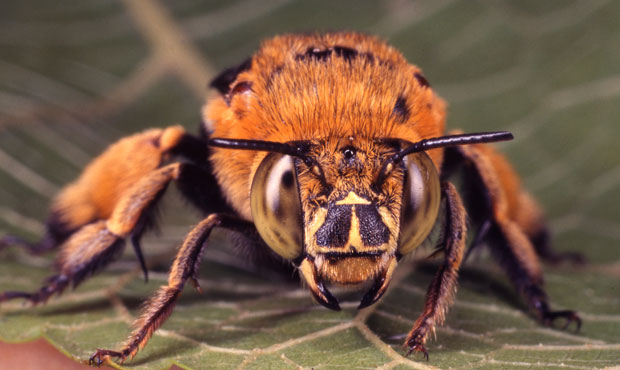
Blue-banded Bee up close. I staked out a burrow in soil under our house for days before I managed to photograph one. Photo R. Ashdown.
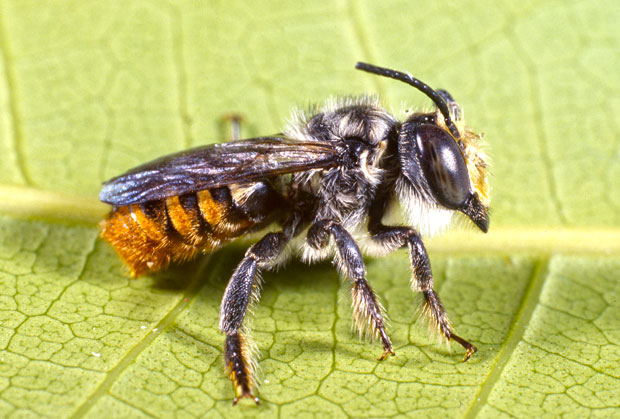
A Leafcutter Bee (Megachile sp.). The female Leafcutter Bee cuts circles out of leaves to line her nest. She provides each egg she lays with a pollen and nectar mixture, and leaves the eggs to hatch into grubs, which will eat the provisions before pupating. The Australian Museum reports that during courtship the male leafcutter bee passes his feet over the female’s eyes in a rubbing motion. She uses the patterns to identify the male as the correct species and potential mate. Photo R. Ashdown.
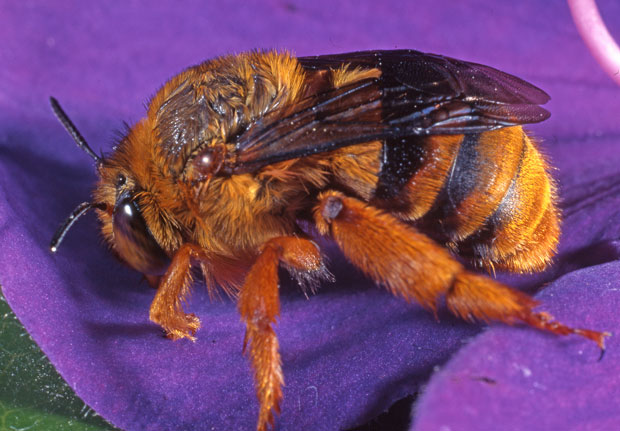
A close relative of the Blue-banded Bee, Teddy-bear Bees (Amegilla bombiformis) are also solitary bees. They dart about and hover near flowers. Nesting individuals of this species of native bee are stalked by the Domino Cuckoo Bee (Thyreus lugubris), which hovers silently and observes before entering unattended burrows and laying its own egg, the grub of which consumes the supplies meant for the teddy bear bee larvae. Also known as Golden-haired Mortar Bees. Photo R. Ashdown.
Thanks again to Rod Hobson for the ID and other information. Here’s a link to Aussie Bee Bulletin. More on Nomia bees here.
Update: 13/1/2013
From Justin Shiels (see also comment by Rod Hobson)
I was out in the yard this afternoon looking to see if my calabash vines were pollinating with any success when I noticed these bees all congregating on 3 old hession threads that were left in tatters after holding up last years tomatoes. Eager to know who these strange bees are I searched some images and found this blog.
It never ceases to amaze me what one can find in the wilds of backyard suburbia and now I can add nomia bees to my list. Their behaviour was just as you described where they all seem to mill about with the odd short trip next door and paying little attention to the calabash flowers that I was aware of. Thanks for helping out with the identification of these new bees.
For some wonderful macro images of insects, including Nomia Bees, see here.
Goomburra
Goomburra is a section of Main Range National Park, on the western part of the Scenic Rim—a spectacular arc of mountains stretching from Mount Mistake to Springbrook in south-eastern Queensland.
Once a cattle property, Goomburra has a long forestry history, with red cedar, pine and beech logged from the valley, and milled at Allora, as far back as 1870. By 1923, the upper reaches of the valley were proposed for State forest, and forestry planning occurred. Selective harvesting of hardwood and softwood species occurred and experimental plantations were established. By September 1985, forestry extraction from the valley, gorges and ridges had been reduced and in 2002 Goomburra was transferred to the Queensland Parks and Wildlife Service. The Goomburra section was incorporated into Main Range National Park in June 2006.
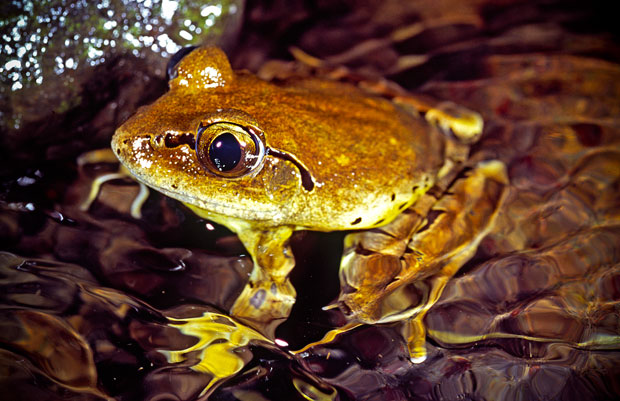
Goomburra is home to Fleay's Barred Frog (Mixophyes fleayii), a frog whose numbers have declined dangerously - it is currently classified as endangered. Photo R. Ashdown.
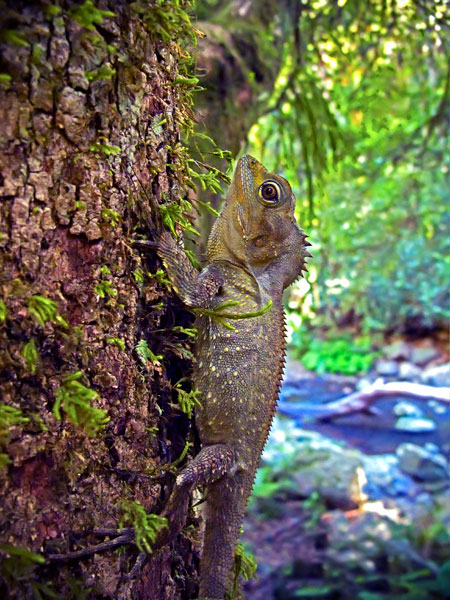
Southern Angle-headed Dragon (Hypsilurus spinipes), one of the park's many reptile species. Photo R. and H. Ashdown
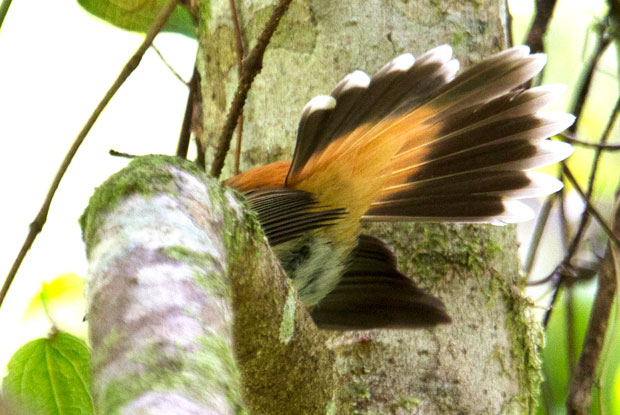
The rufous-coloured, fan-shaped tail of the Rufous Fantail (Rhipidura rufifrons). Photo Harry Ashdown.
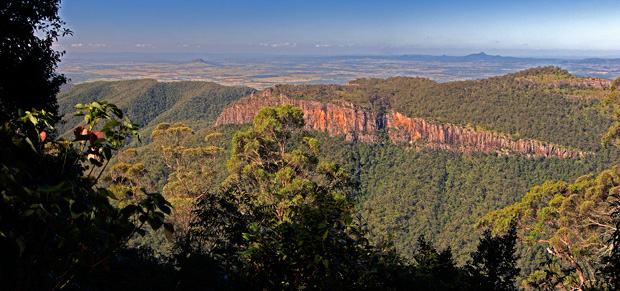
Looking east over Mt Castle from the top of the Great Dividing Range, Goomburra National Park. Photo R. Ashdown.
Part of a special rainforest reserve.
In December 1994, the UNESCO World Heritage Committee officially declared the Gondwana Rainforests of Australia World Heritage Area over the Scenic Rim, including most of Main Range and Mount Barney national parks and nearly all of Lamington and Springbrook national parks, and the rainforests of northern and central New South Wales.
World Heritage status is a prestigious international recognition of the important conservation values of this area, especially its unique geology, subtropical and cool temperate rainforests and rare flora and fauna.
As part of the Gondwana Rainforests of Australia World Heritage Area, Main Range is an extremely important refuge for many animals. These include a species of land snail, the beautiful Richmond Birdwing Butterfly, endangered birds (e.g. the Eastern Bristlebird), amphibians such as the Fleay’s Barred Frog, and mammals such as the Spotted-tailed Quoll and the Hastings River Mouse. Main Range National Park plays a vital role in protecting this rich diversity of globally significant wildlife.
High-tide mangroves at noon
A quick walk at John Oxley Park in Brisbane on a hot summer day with my son, niece, nephew and the dog. Their keen eyes detect all sorts of interesting things.
Chicken Hawk, again
My first post on this blog was about a Brown Goshawk caught in a friend’s chicken coop. That was back in August 2009. Here it (or a relative) is again, same spot, over two years later.
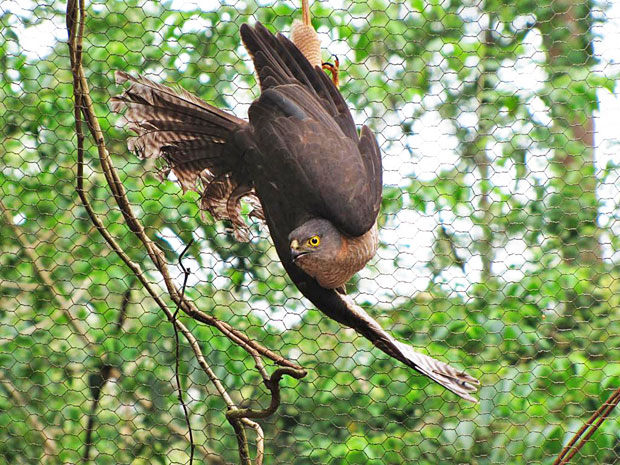
Brown Goshawk (Accipiter fasciatus) in chicken coop. The bird escaped unharmed. "We eventually steered the bird out of the little pen and after catching its breath on the wire outside it flew off. The raptor would have a full belly as the feathers are from a bar-shouldered dove and there wasn’t anything left apart from feathers." Photo Raelene Neilson.
Sandstone beach-dwelling mini-beasts
Little Sirius Cove, Sydney, photographed on a walking trip from Taronga Wildlife Park.
The colourful sandstone cliffs of the cove are home to some strange little beasts.
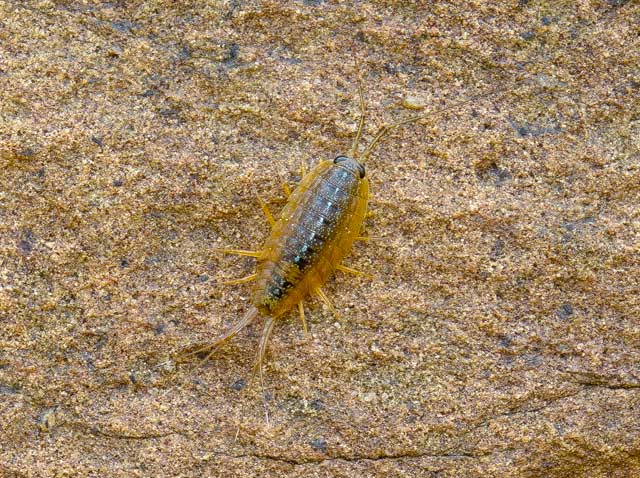
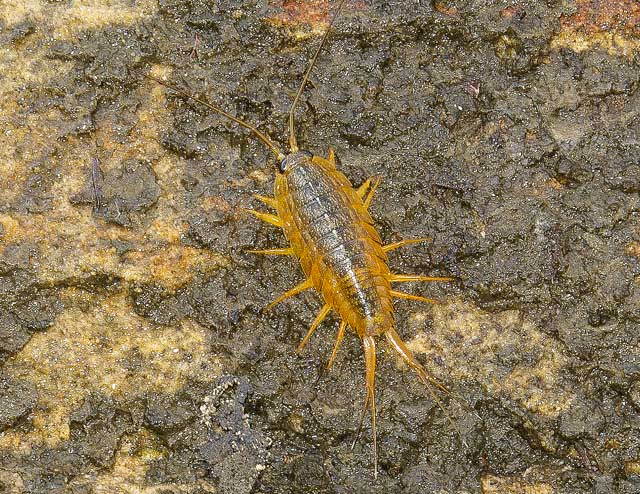 I once again enlisted the assistance of naturalist Rod Hobson for some answers to what these creatures might be. Never one to miss a challenge, he soon identified them as Wharf Lice (Ligia exotica), also known as Sea-slaters or Beach Lice, members of the family Ligiidae.
I once again enlisted the assistance of naturalist Rod Hobson for some answers to what these creatures might be. Never one to miss a challenge, he soon identified them as Wharf Lice (Ligia exotica), also known as Sea-slaters or Beach Lice, members of the family Ligiidae.
From Rod:
A paper on this isopod by Marc Roddis and Frances O’Brien in 2008 reveals that Ligia exotica is one of only two species in the genus. The other is the Swift Beach Louse Ligia australiensis. The latter species is endemic (to Australia, obviously) whilst exotica is a cosmopolitan species. Other facts of a trivial nature that will appeal to your discombobulated and senescing intellect (blog owner’s note: he is obviously confusing me with someone else here) are that L. exotica:
- can exist in either fresh or saltwater environments.
- can walk underwater.
- can walk backwards — a sort of primeval Vince Lester.
- appear to have hierarchies of sorts; observed pushing fellow Wharf Lice off rocks, walking over the tops of others.
- is an impressive jumper covering to six centimetres in a single leap despite having no specialised jumping limbs.

